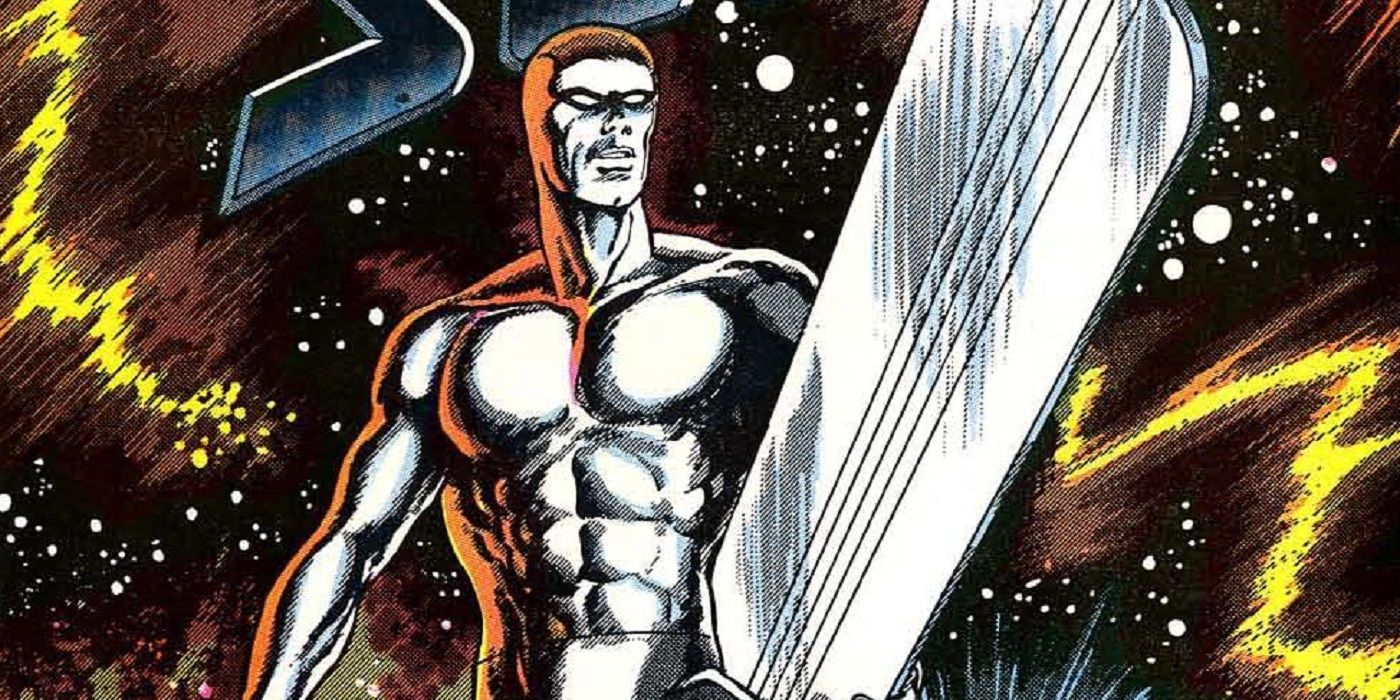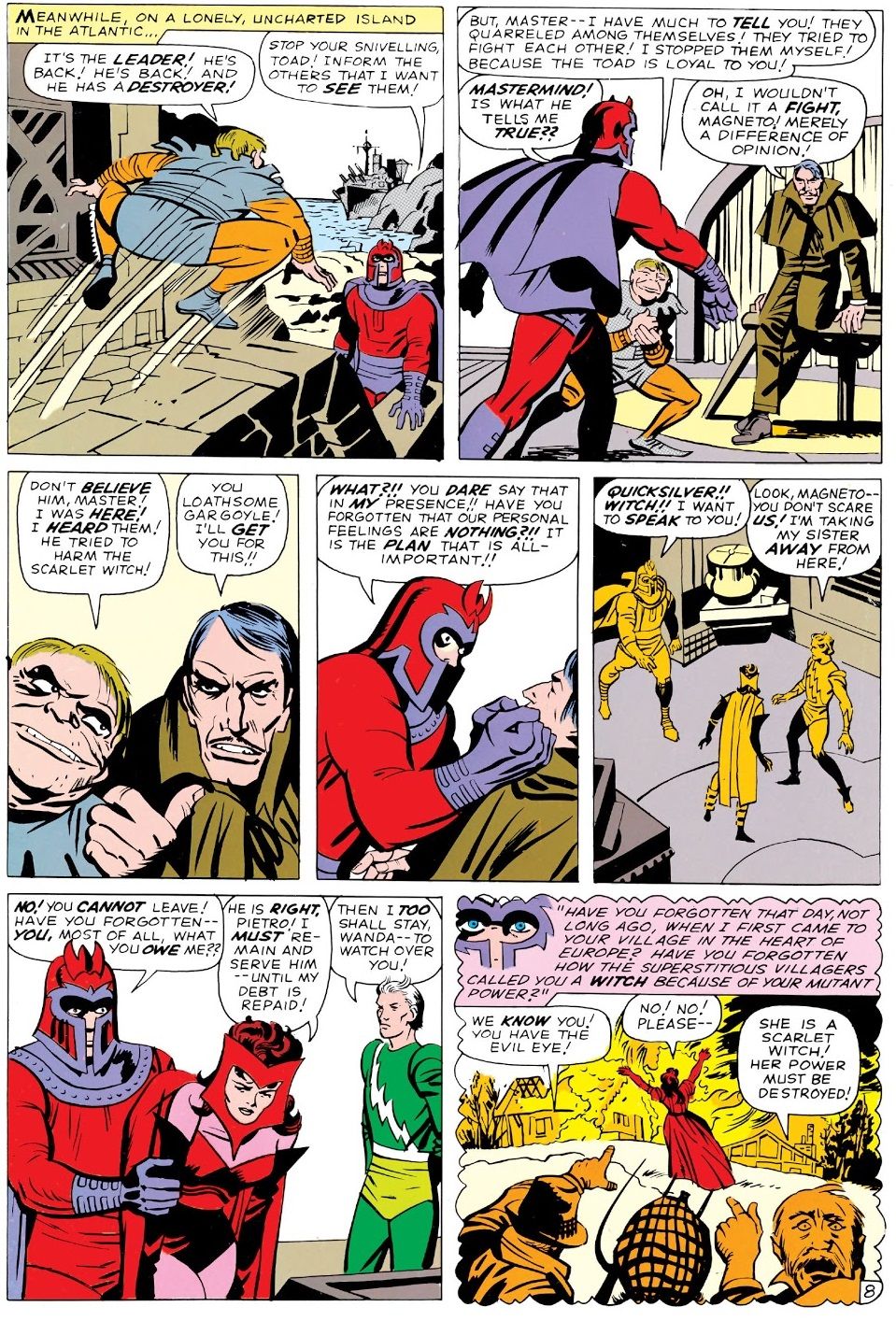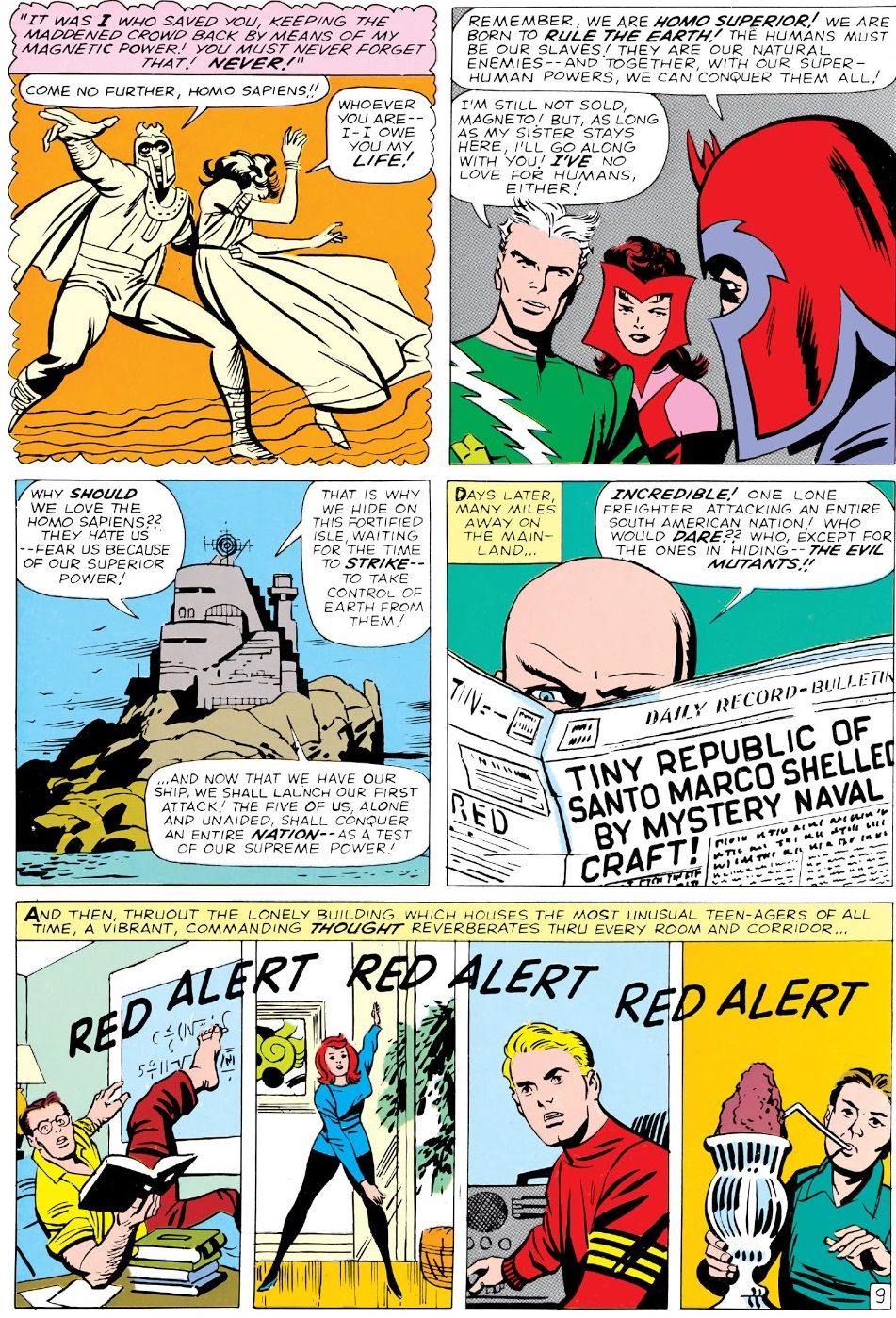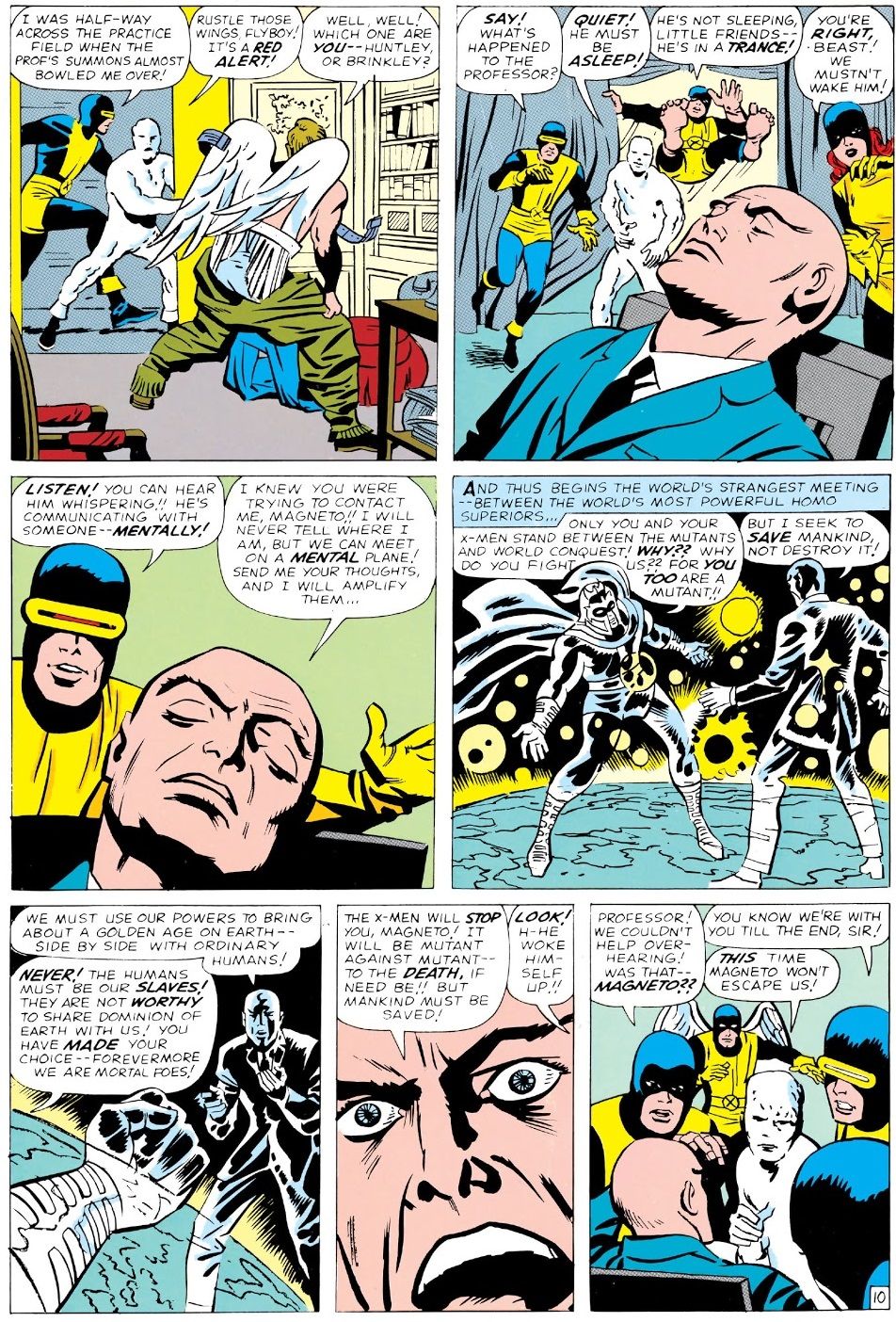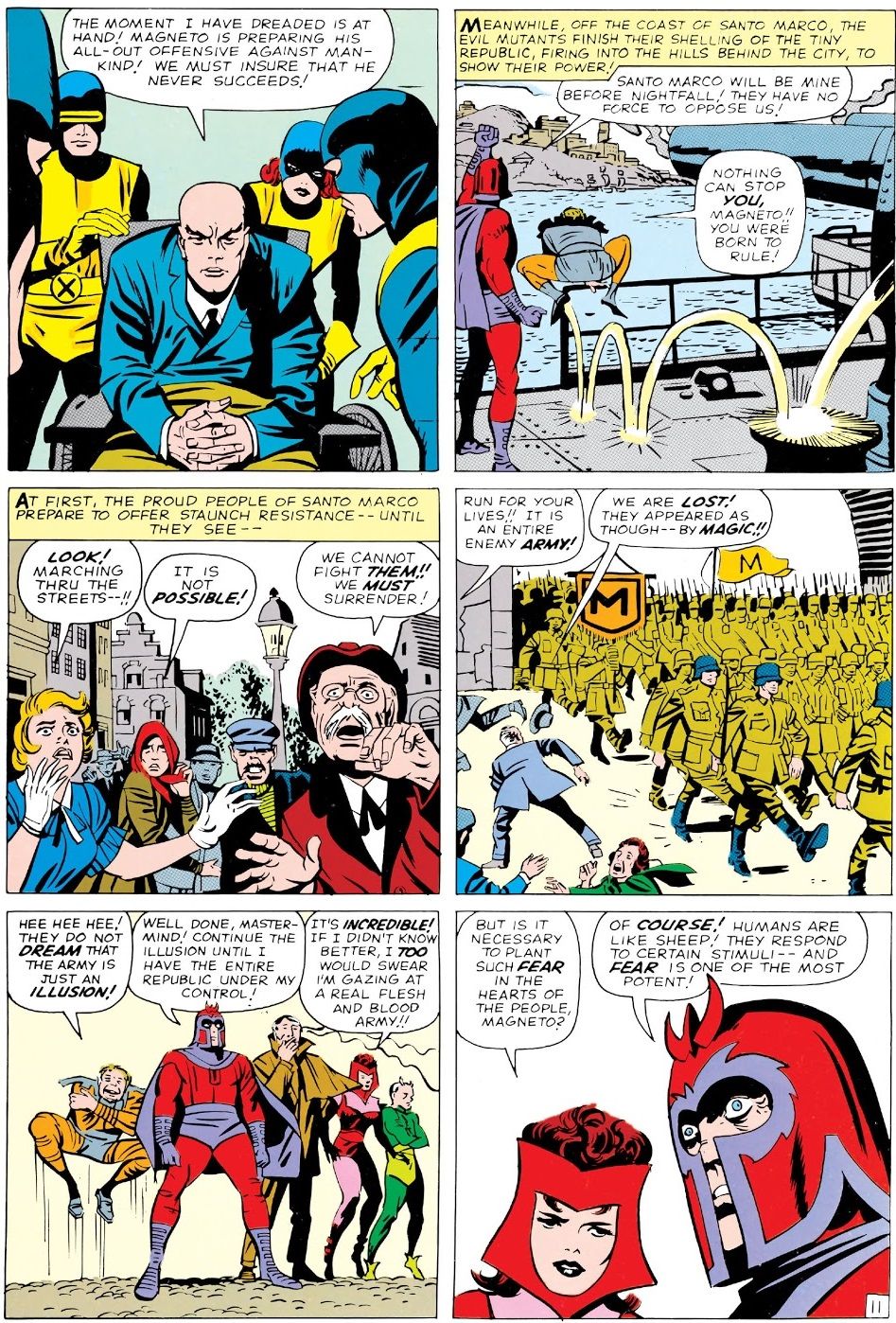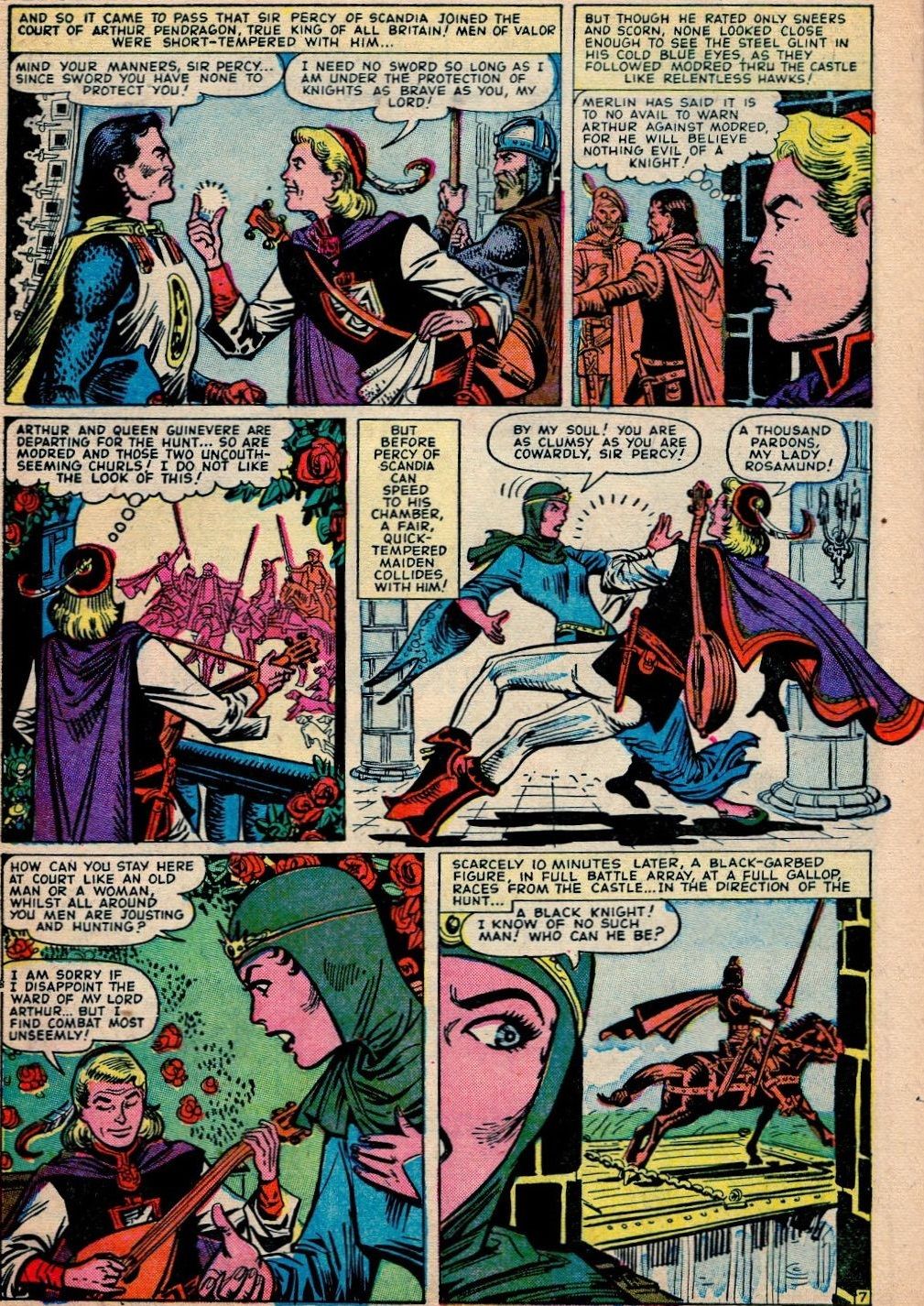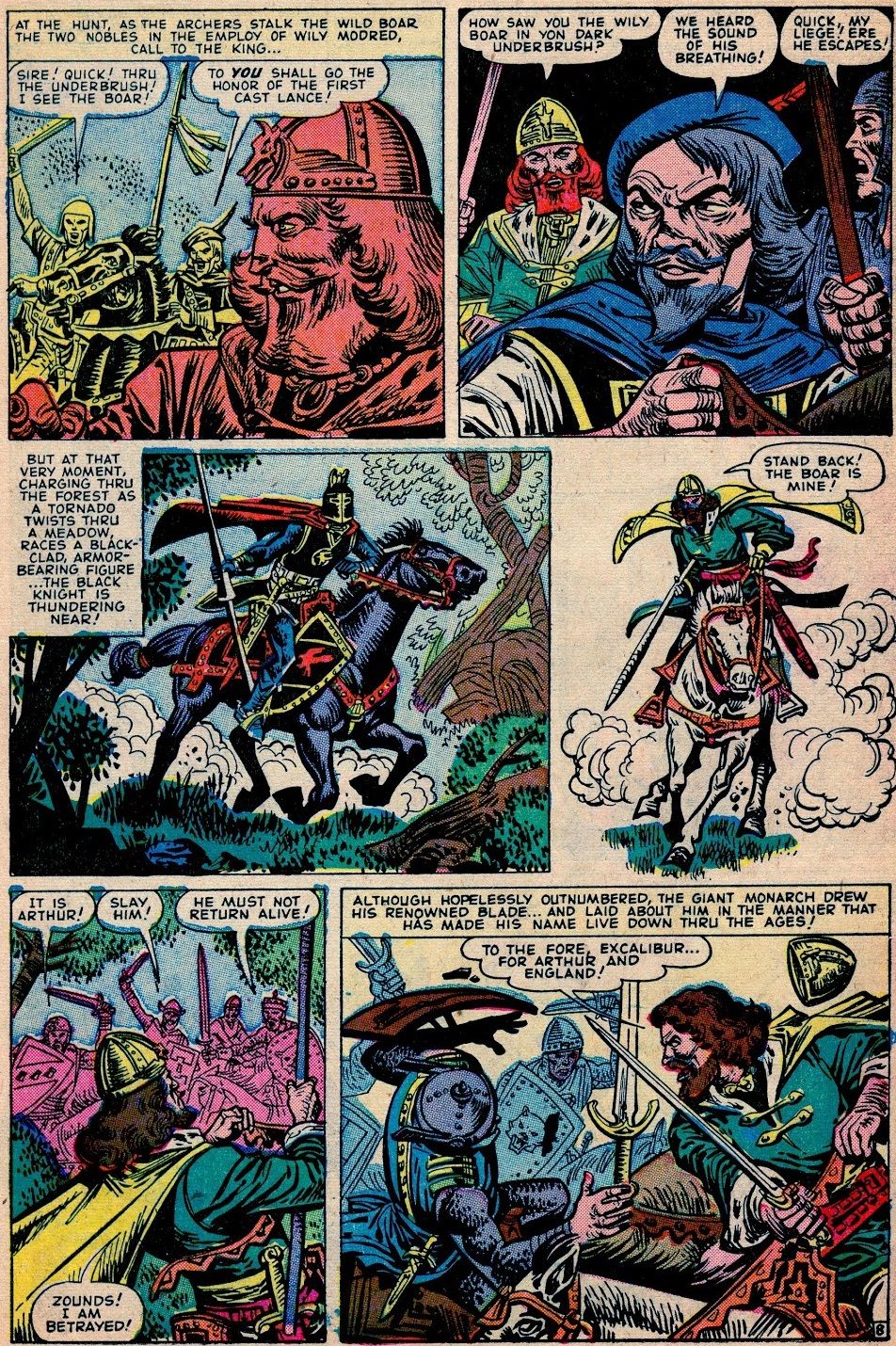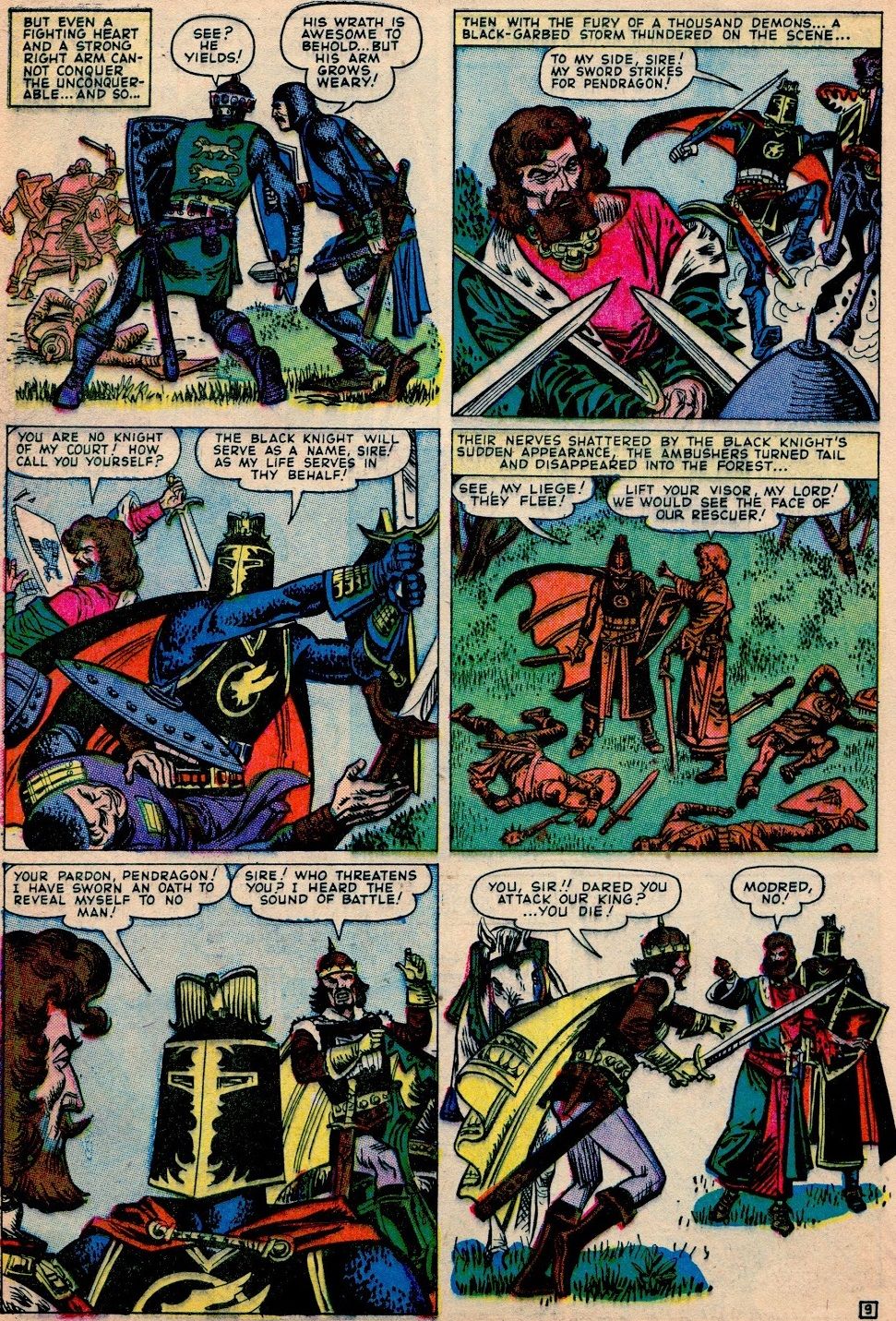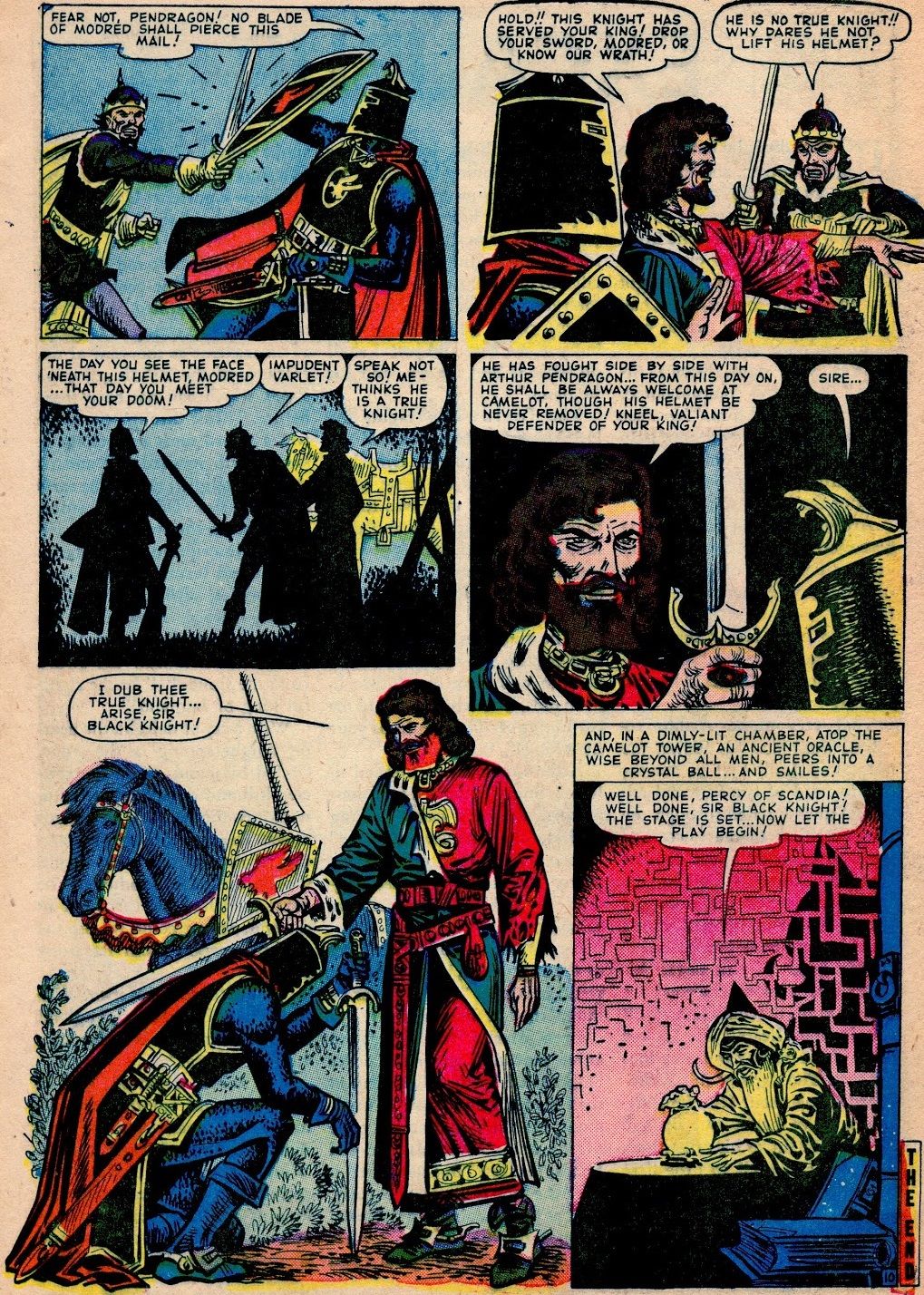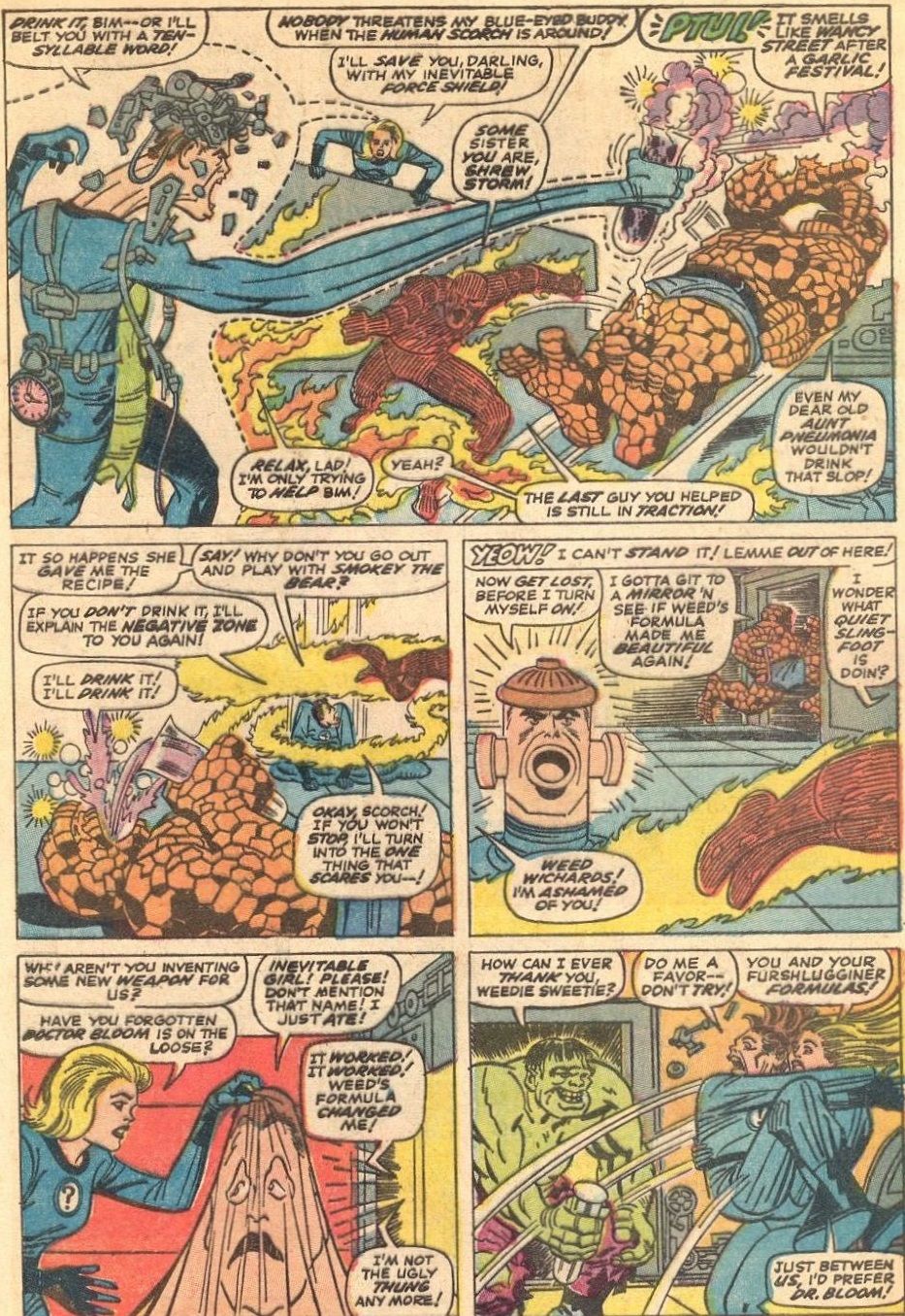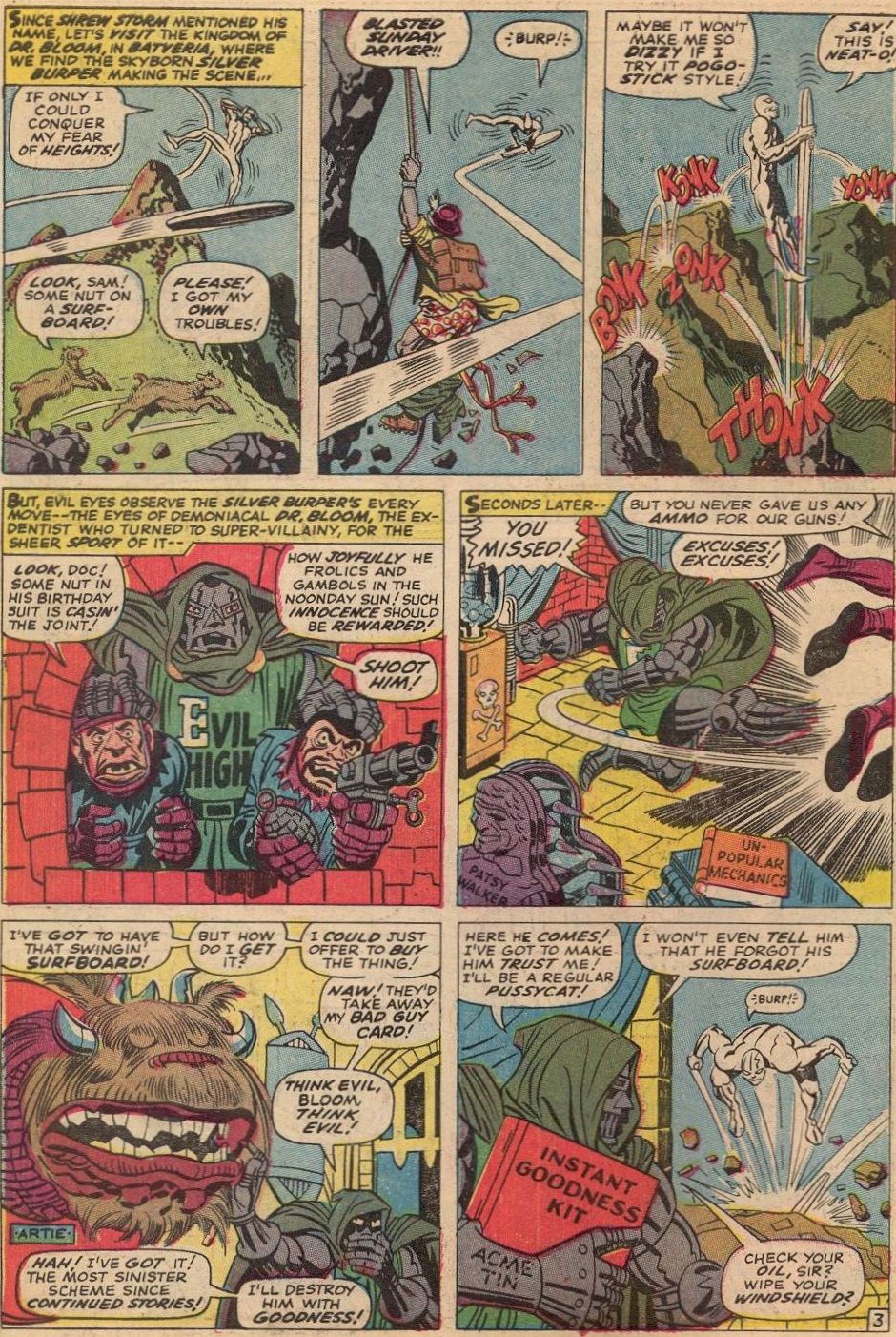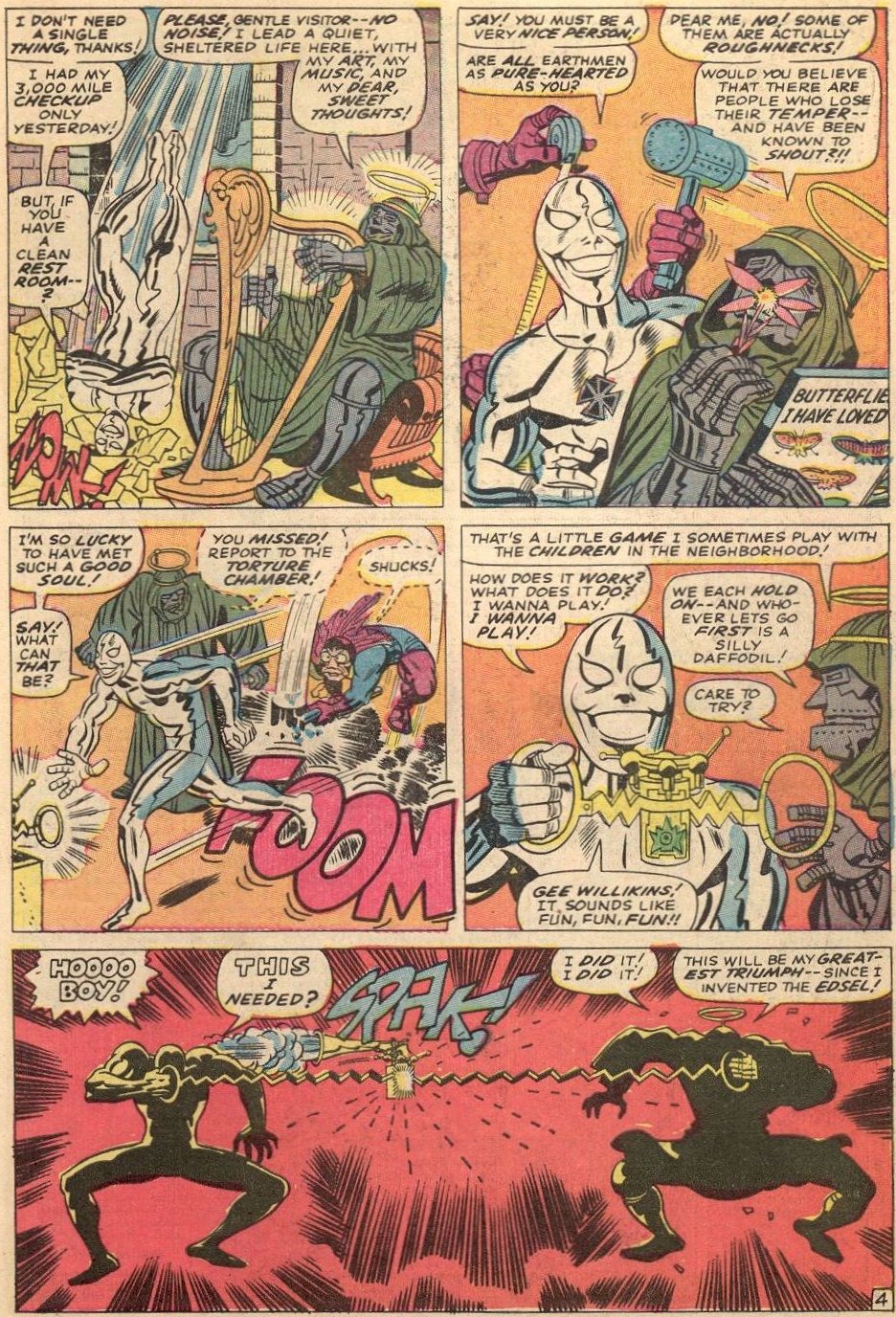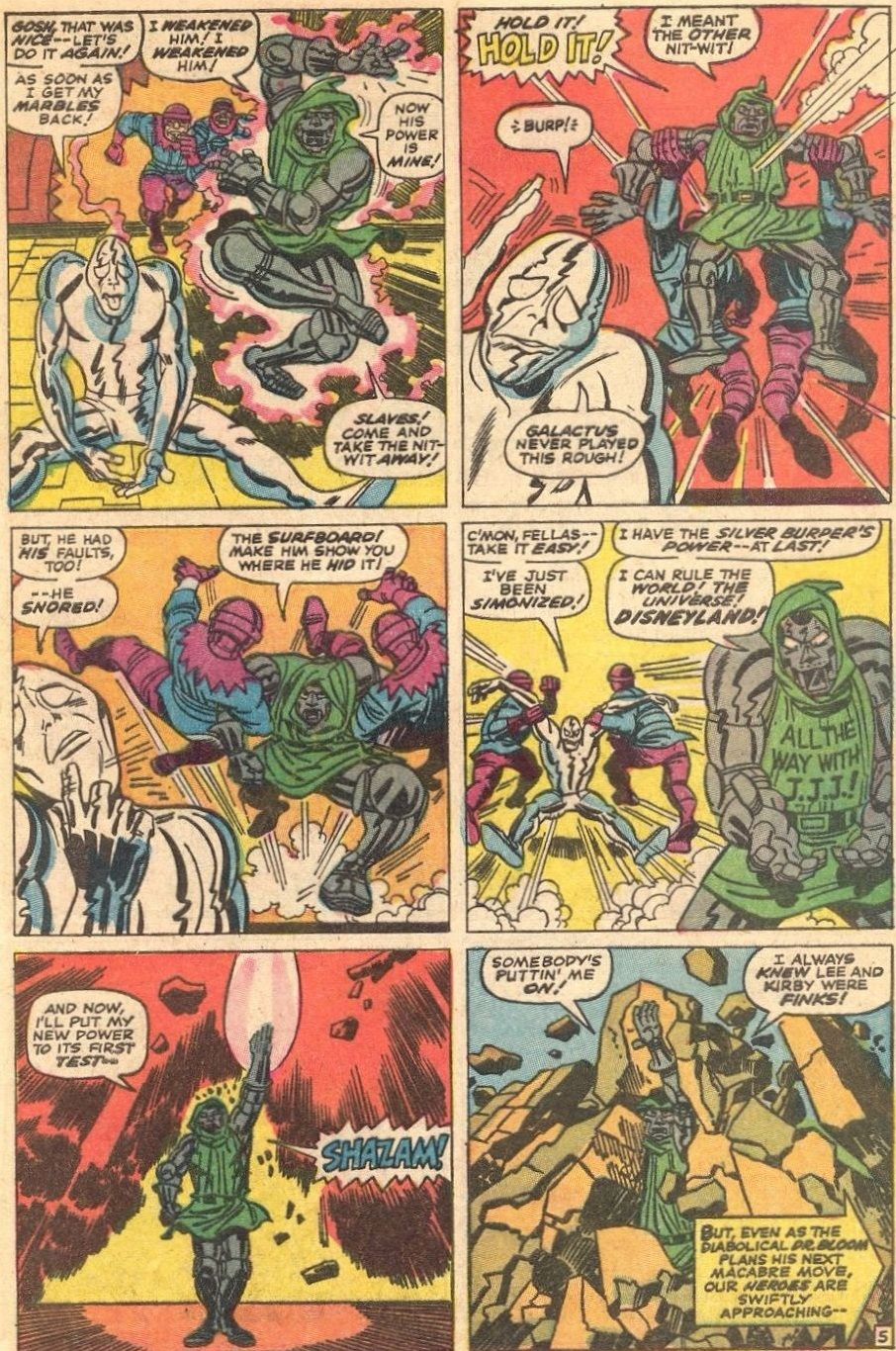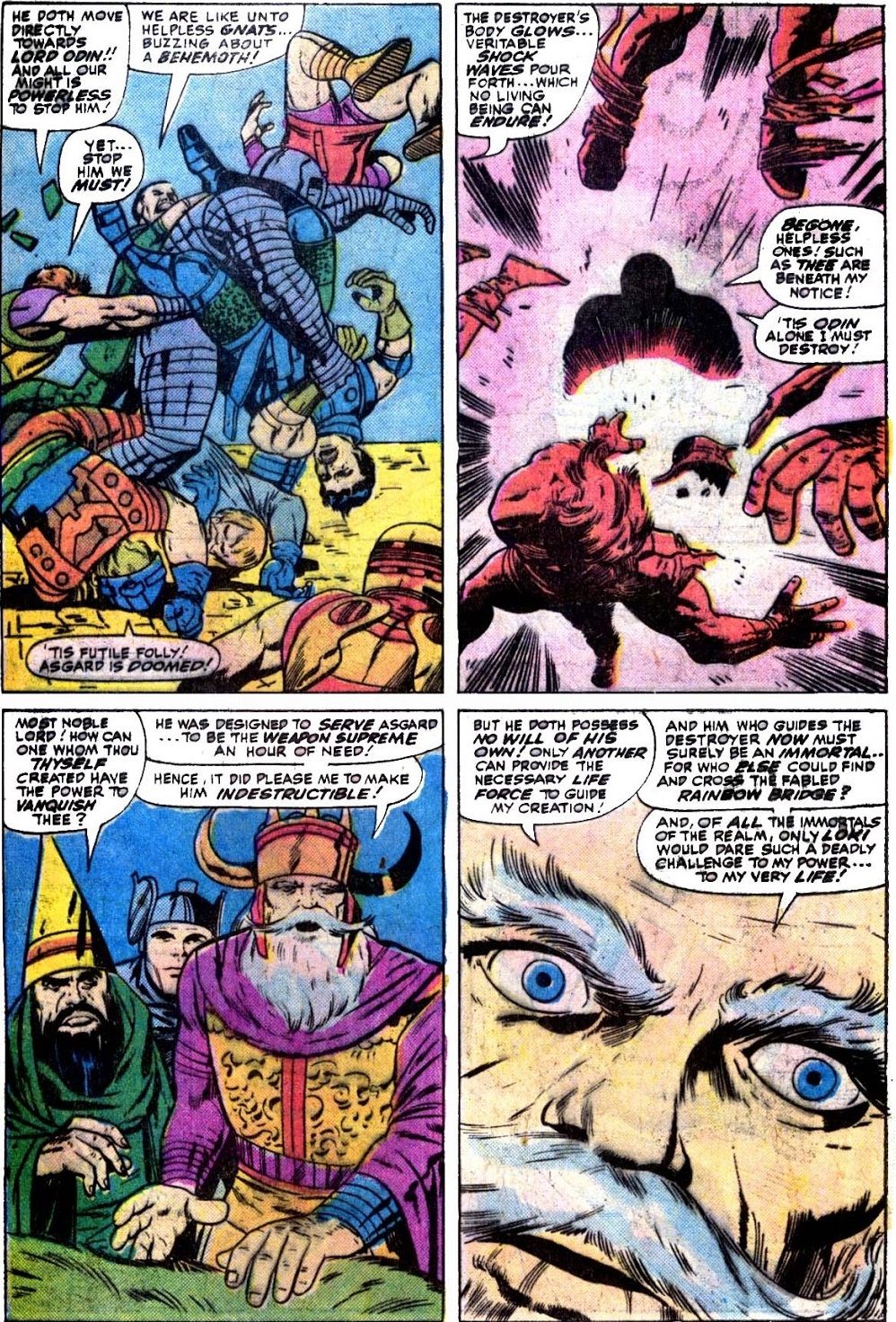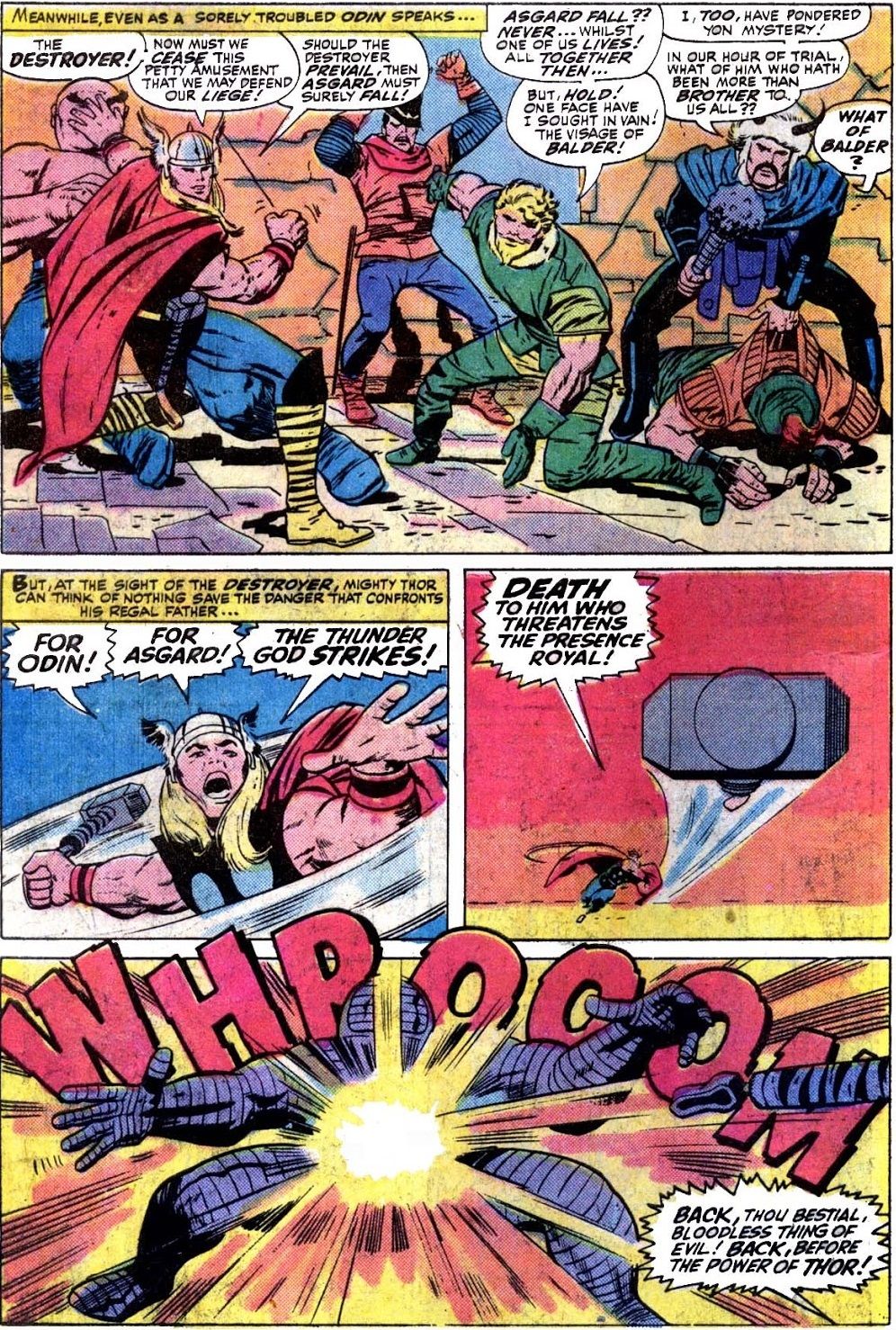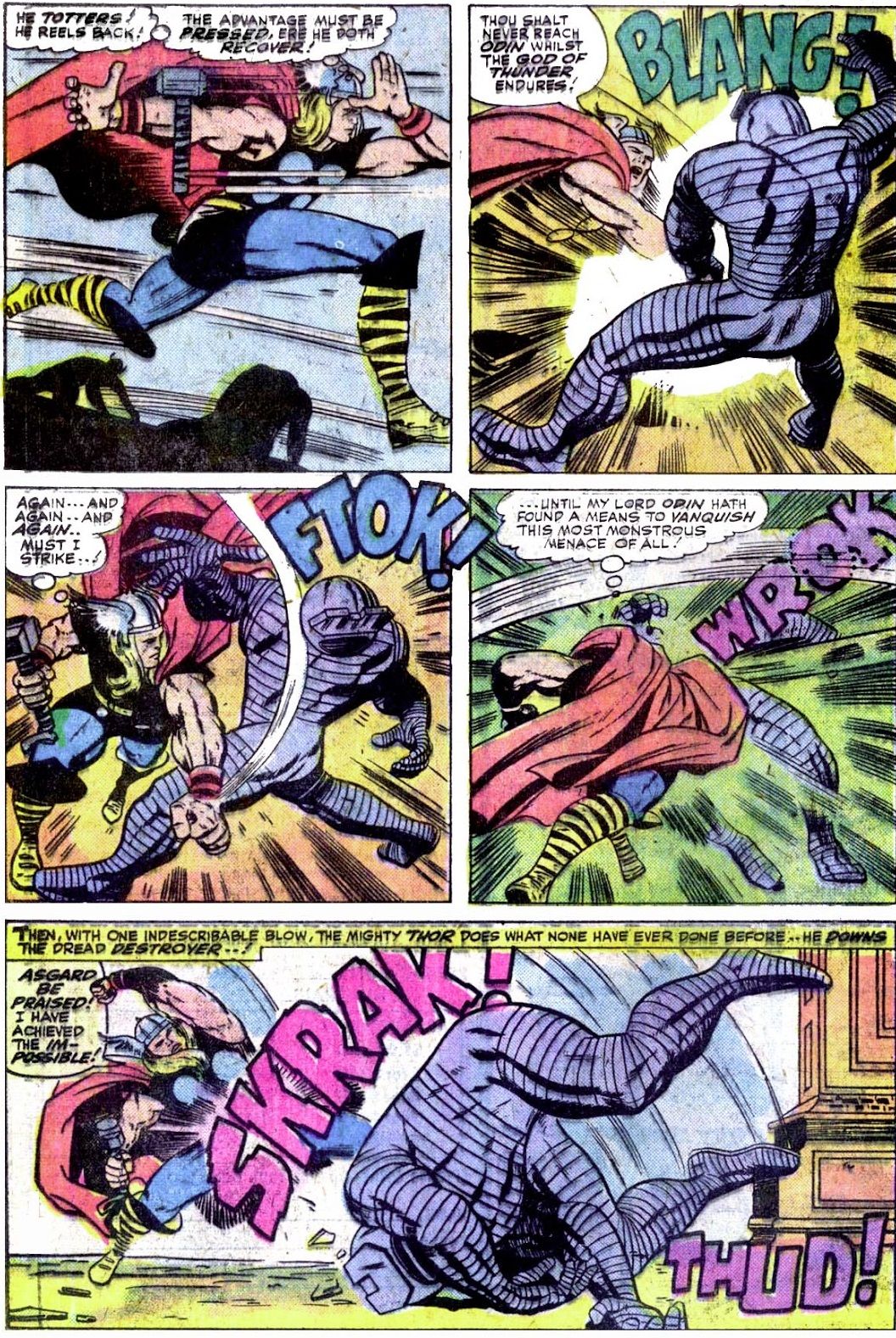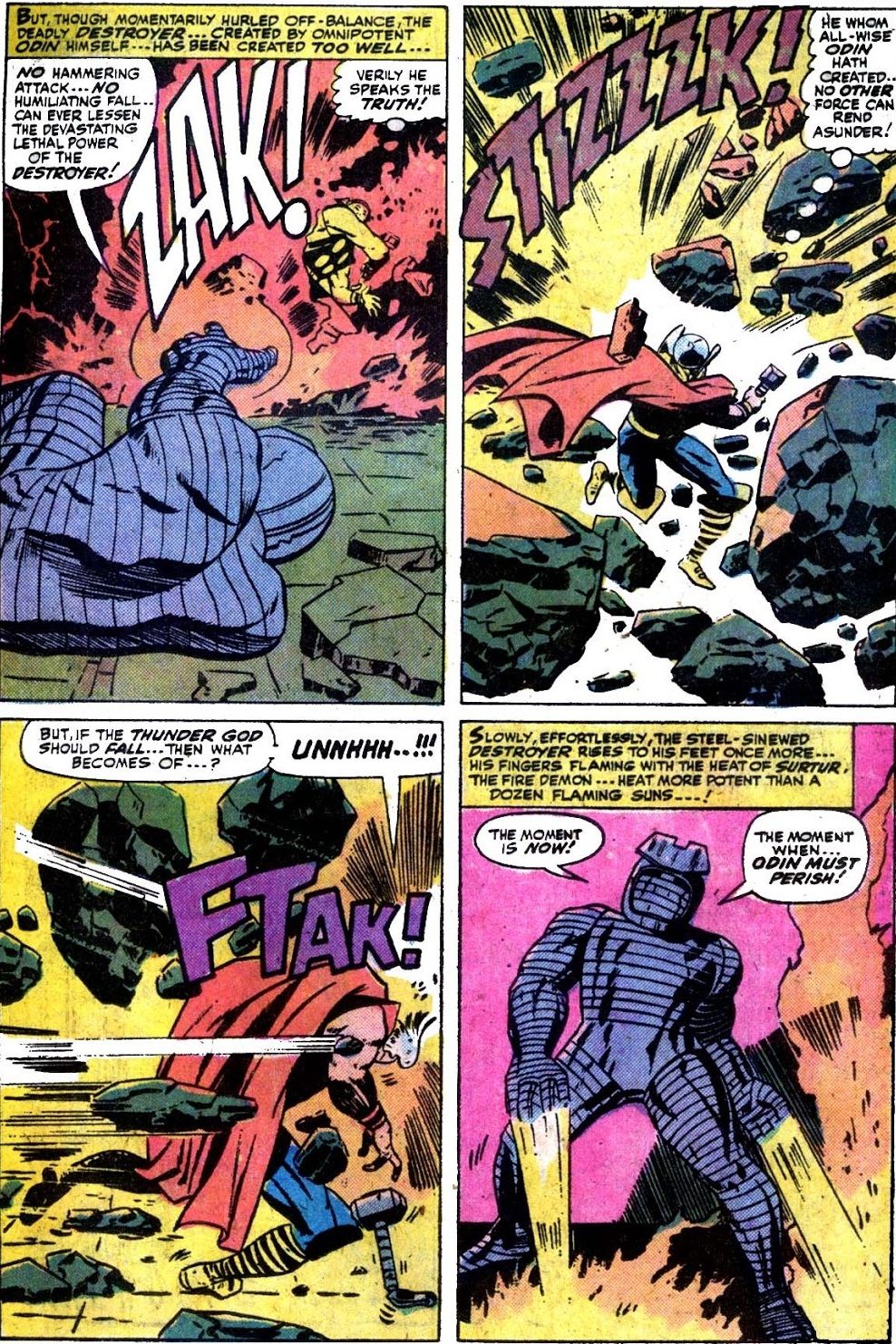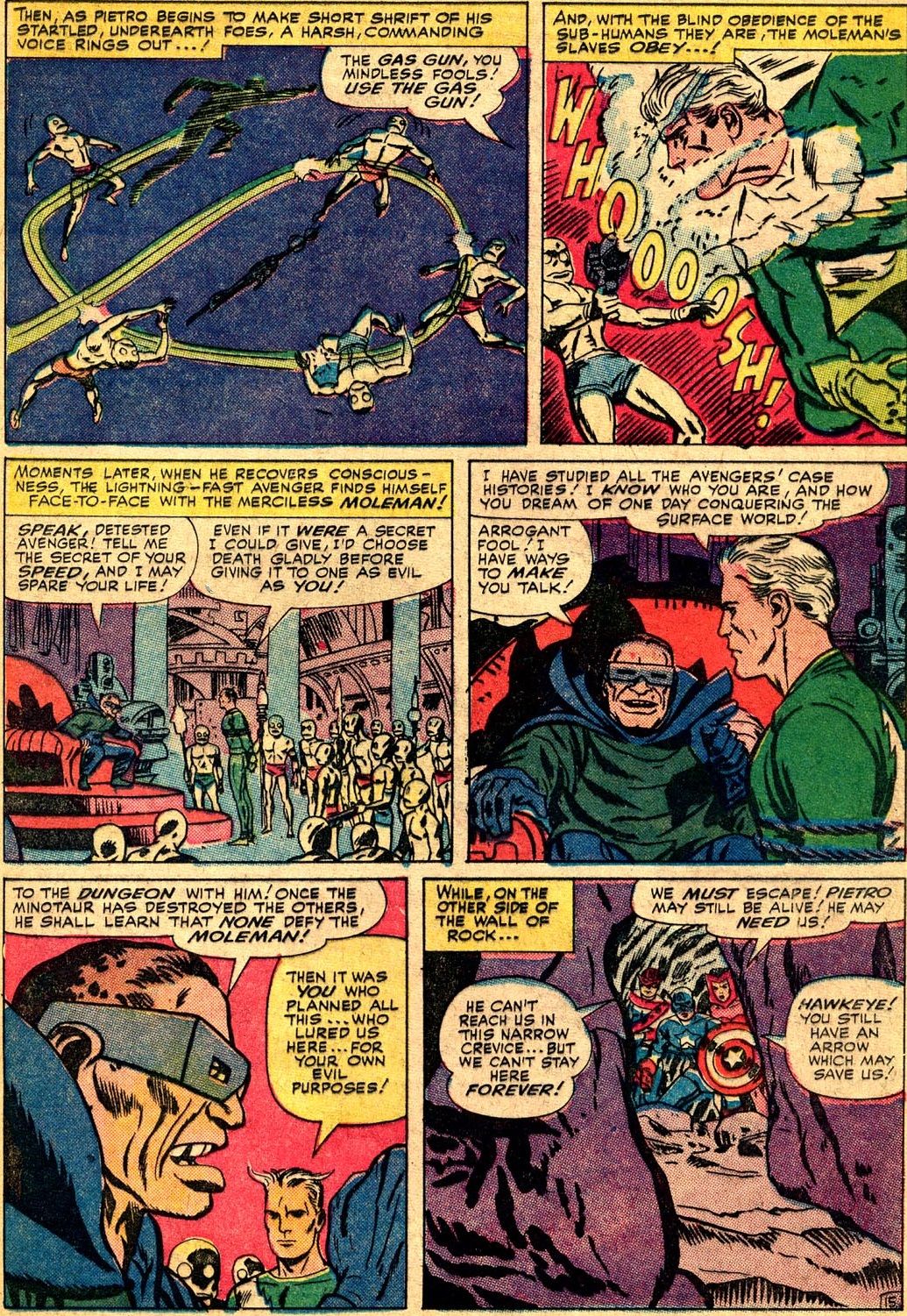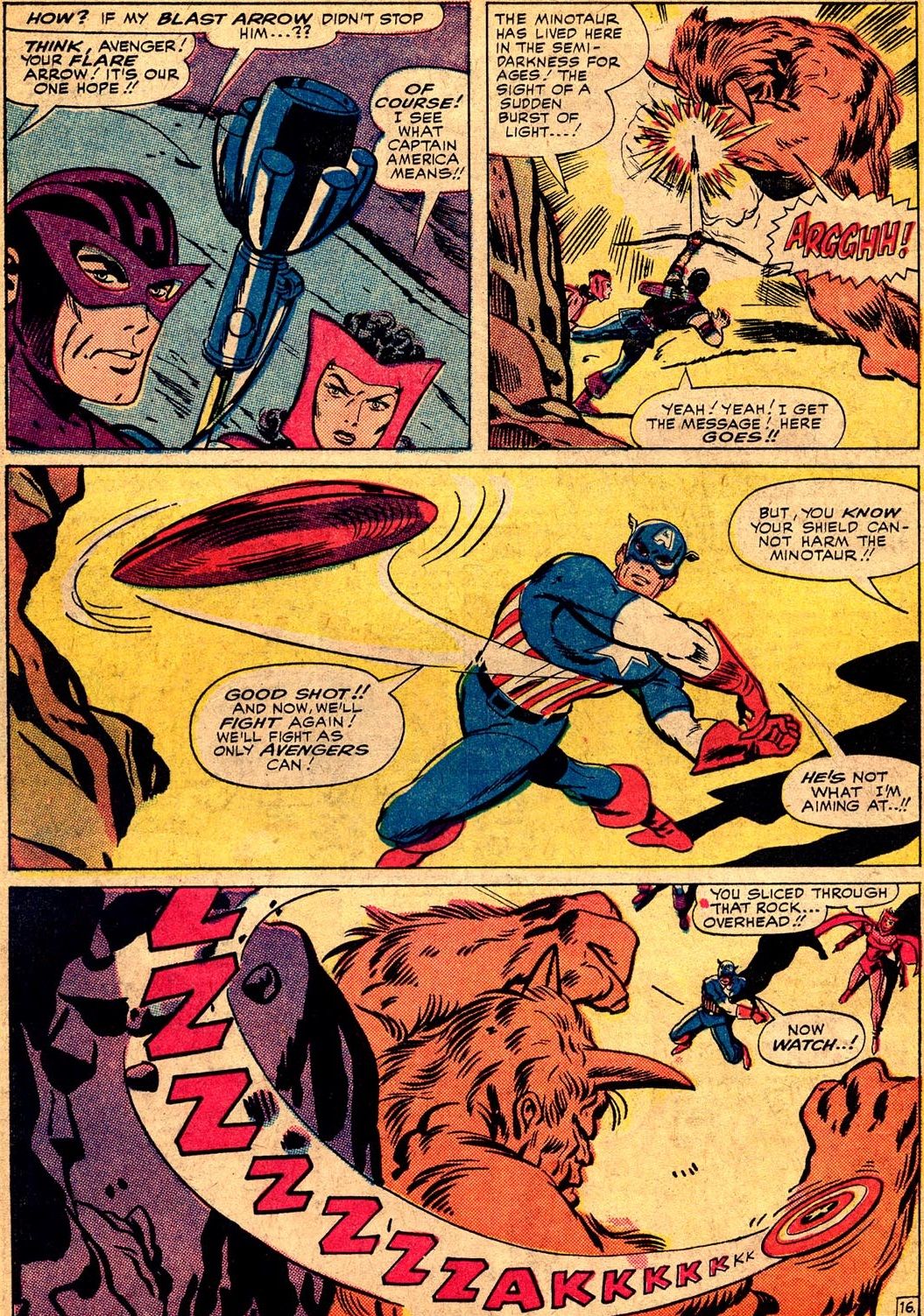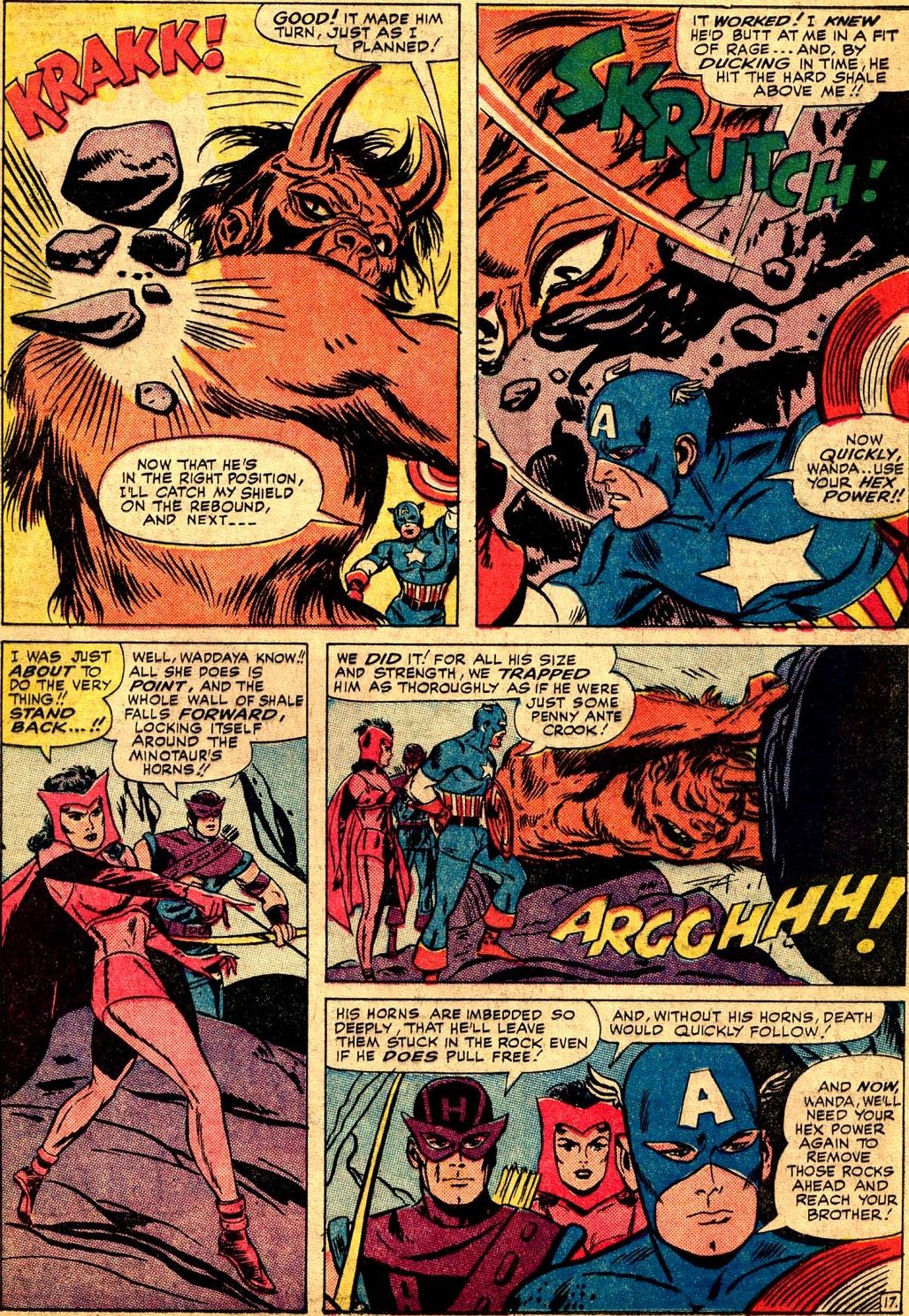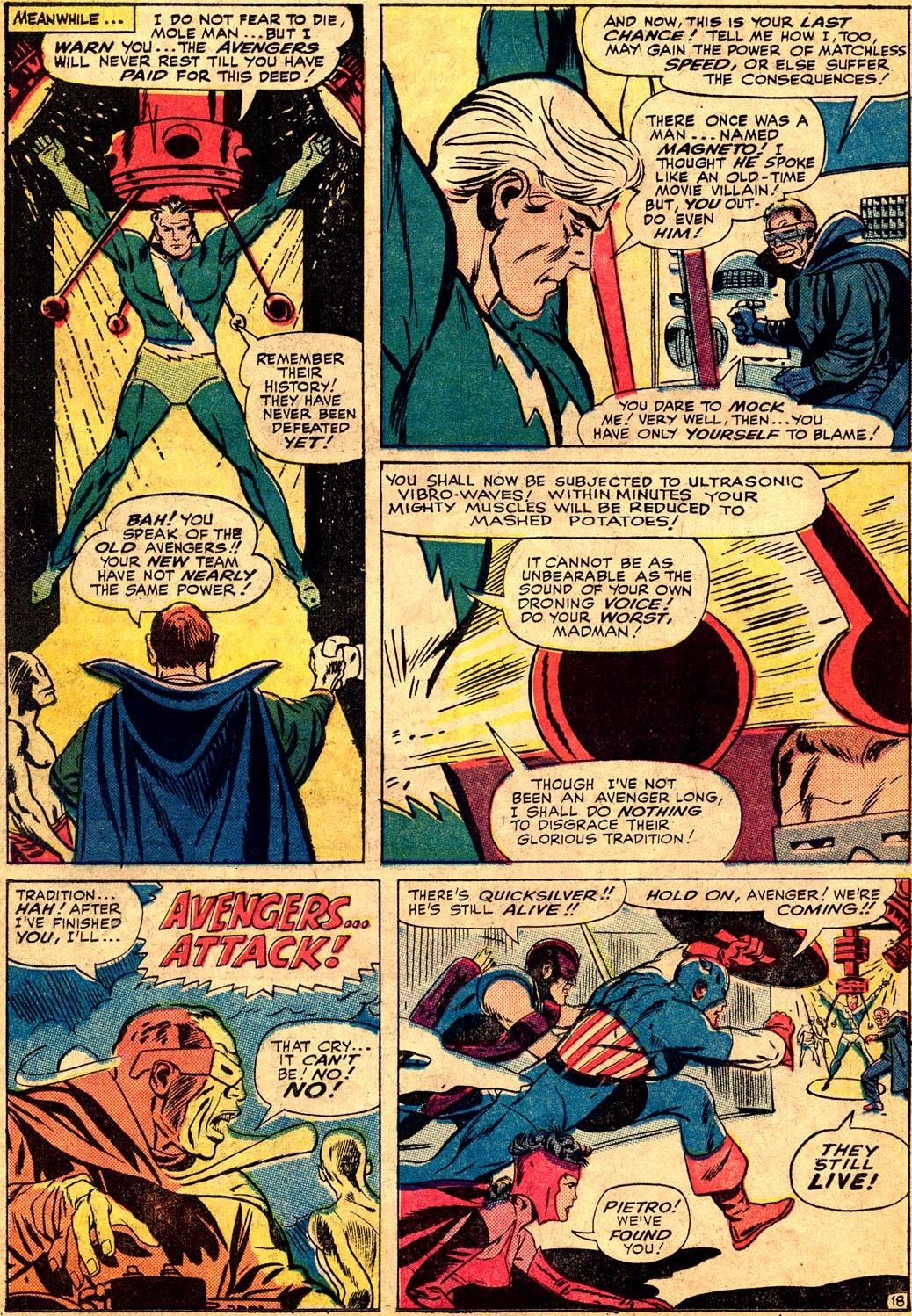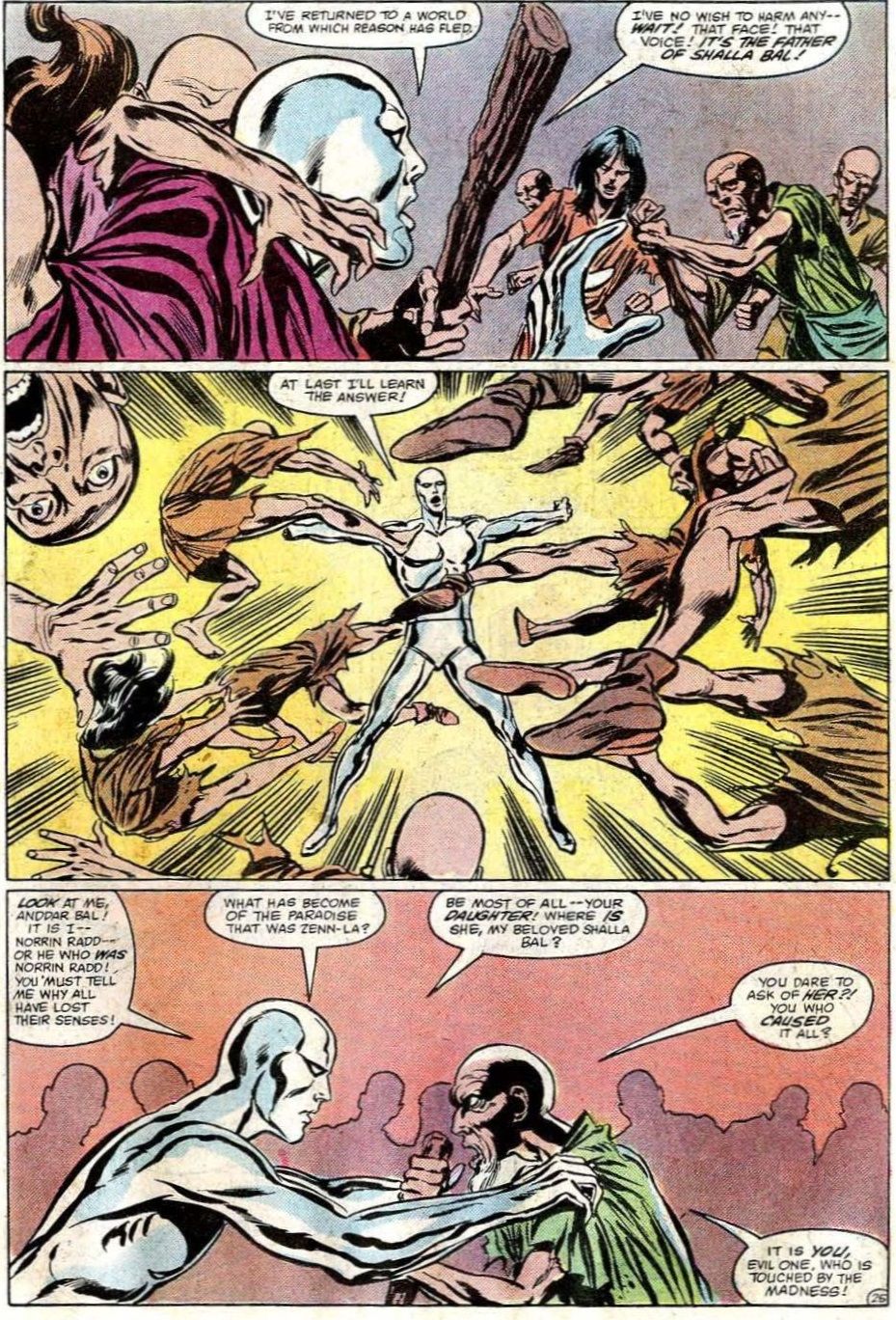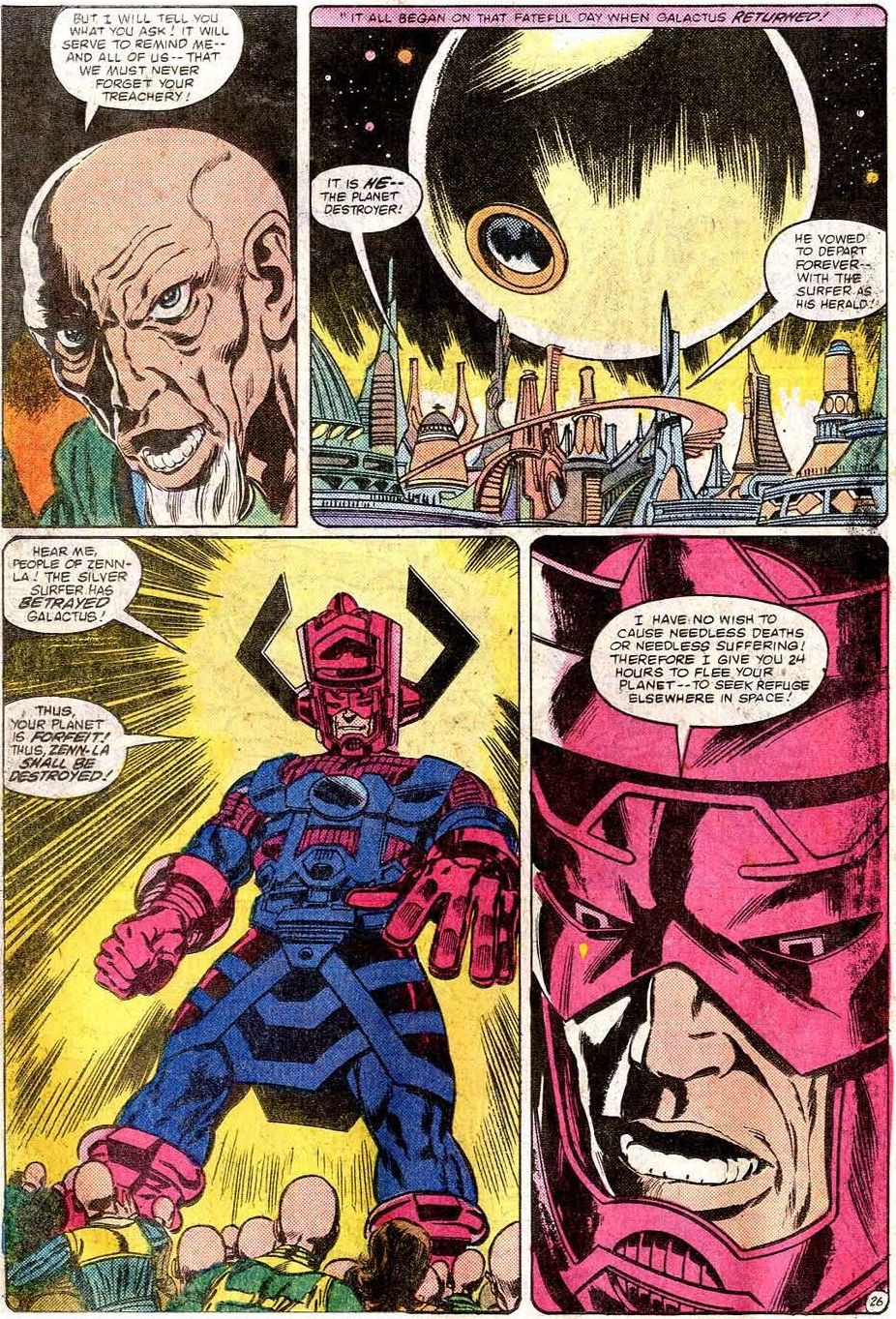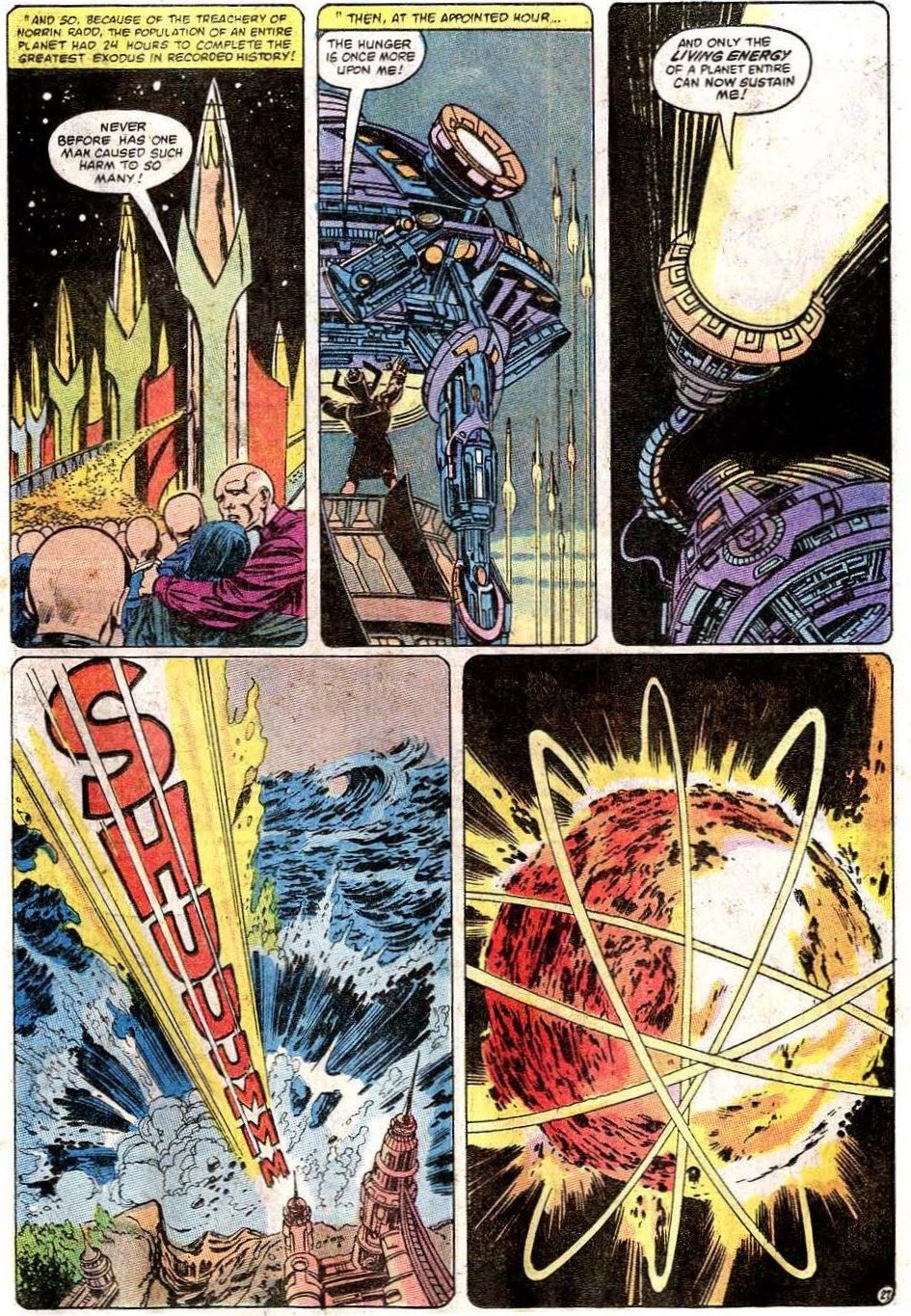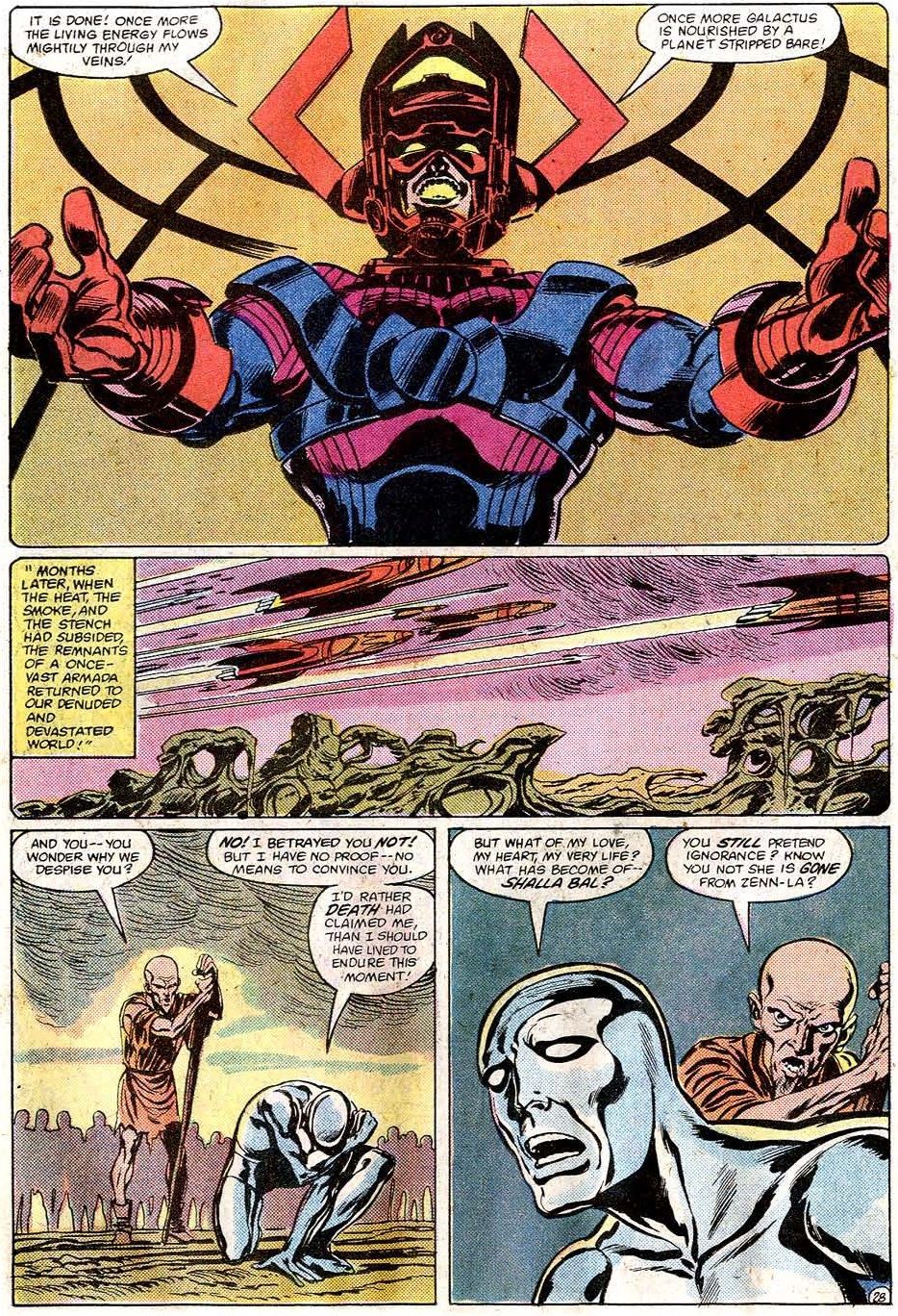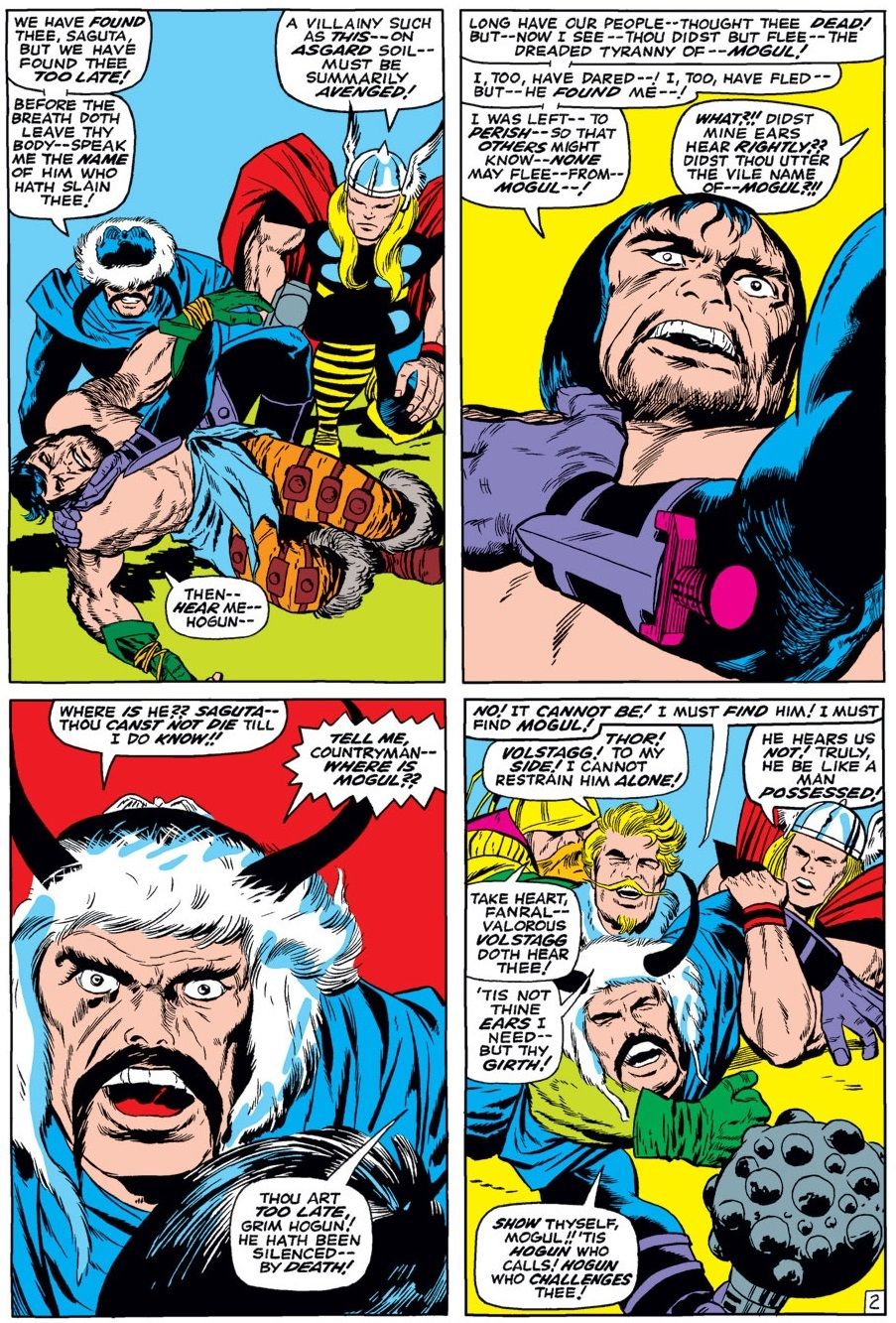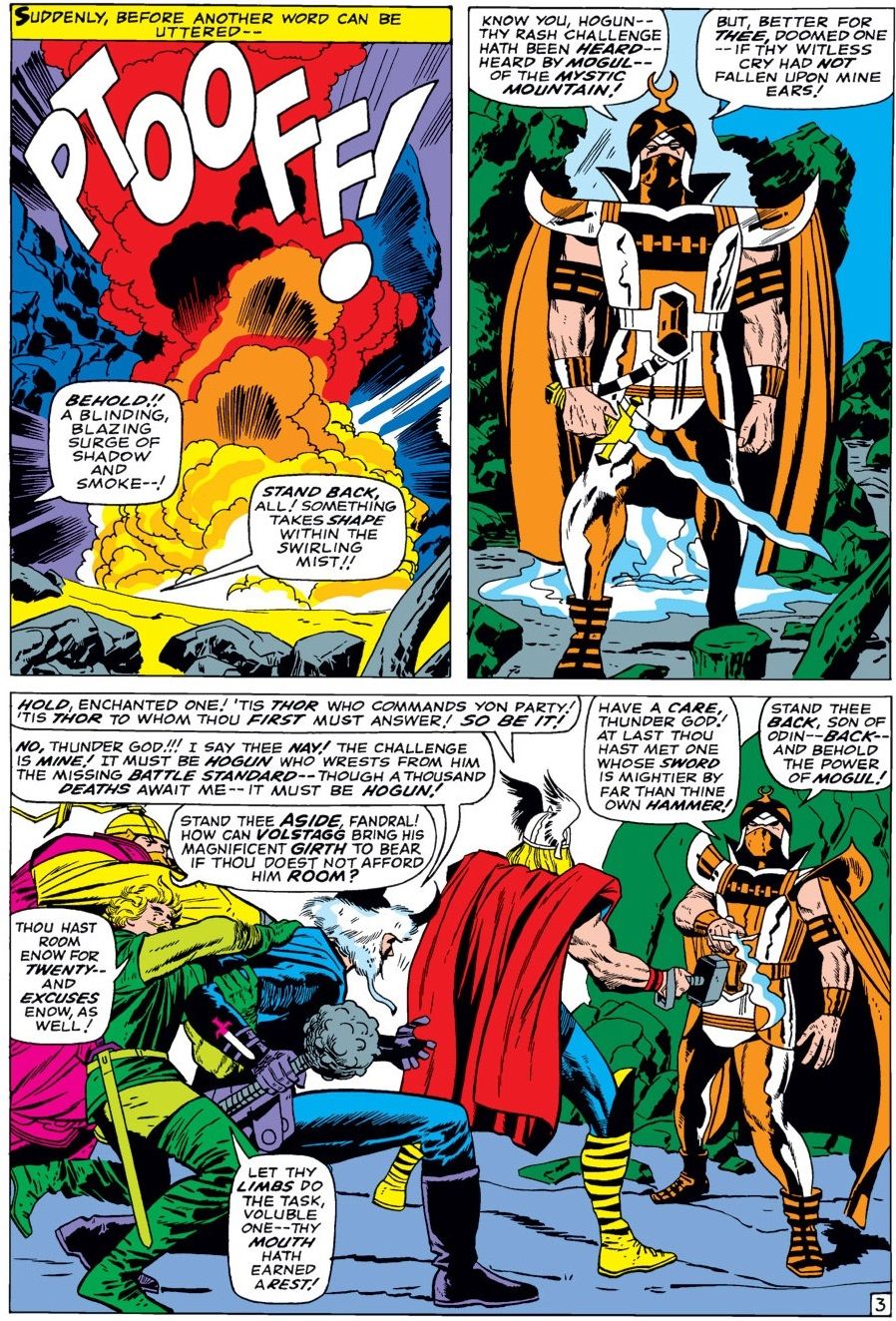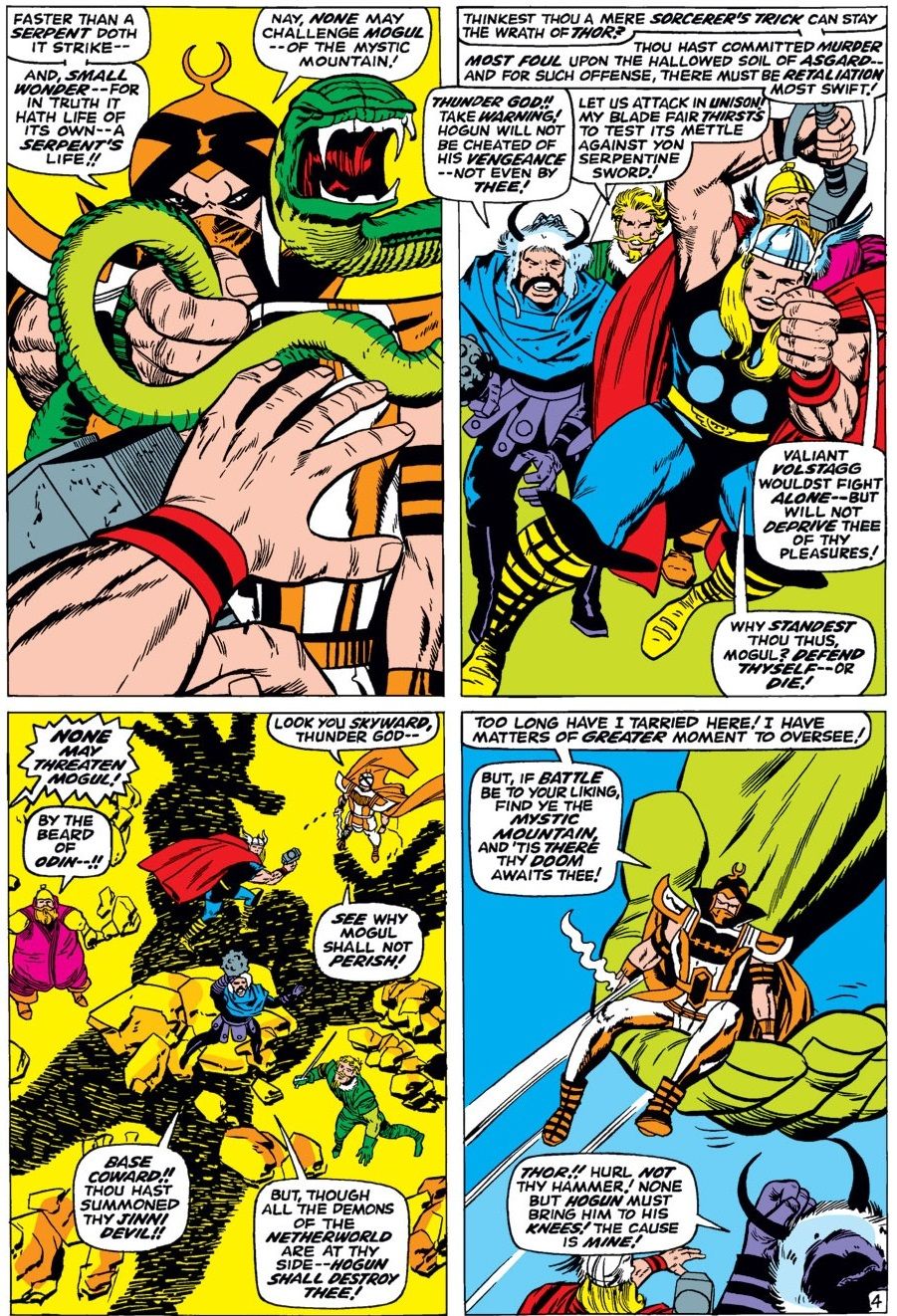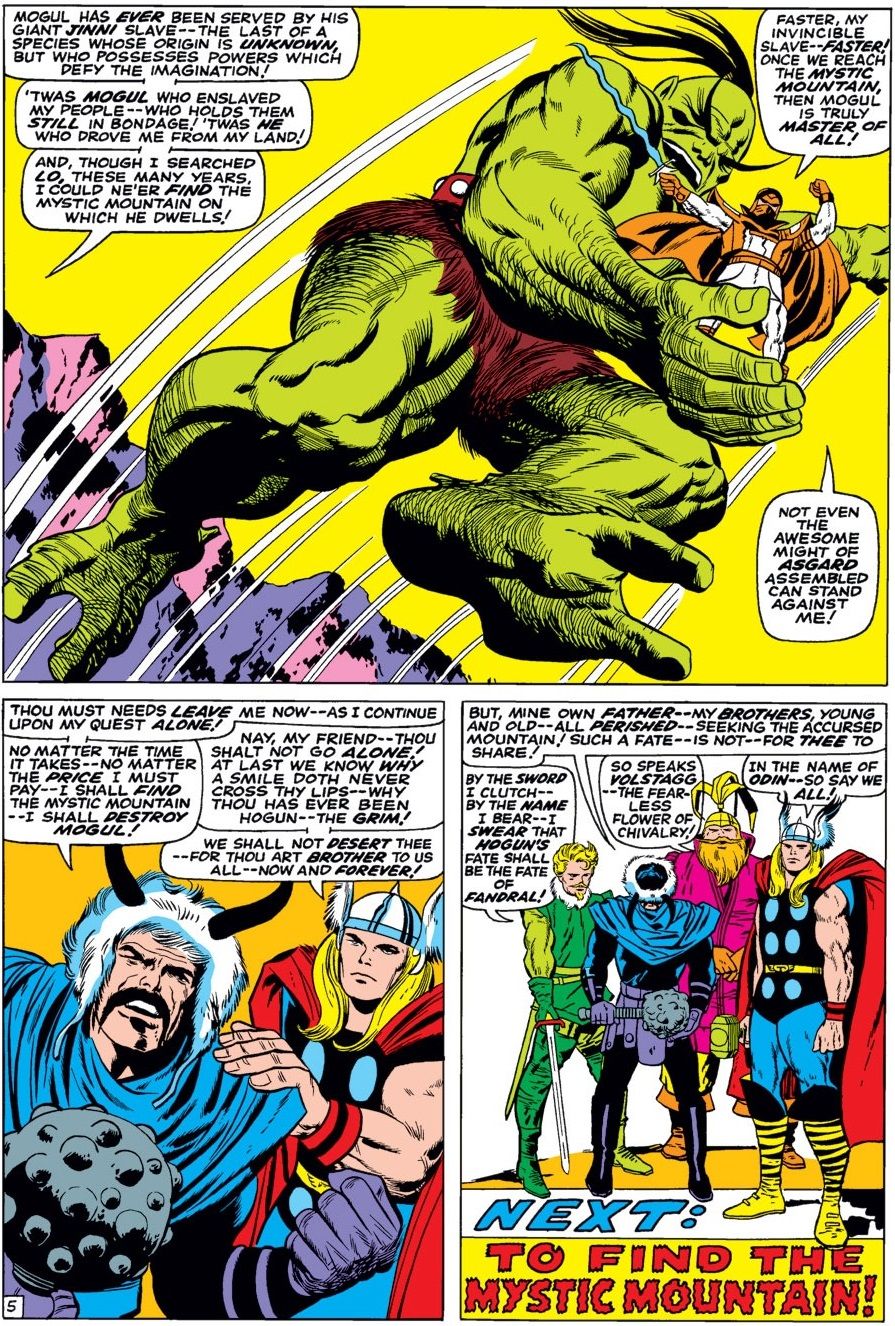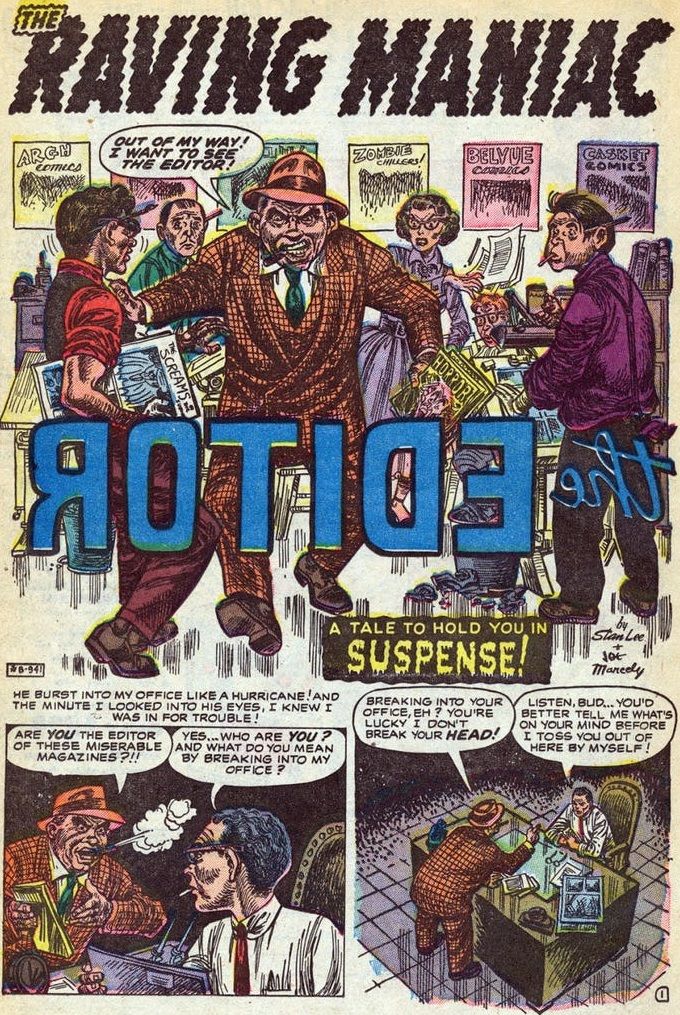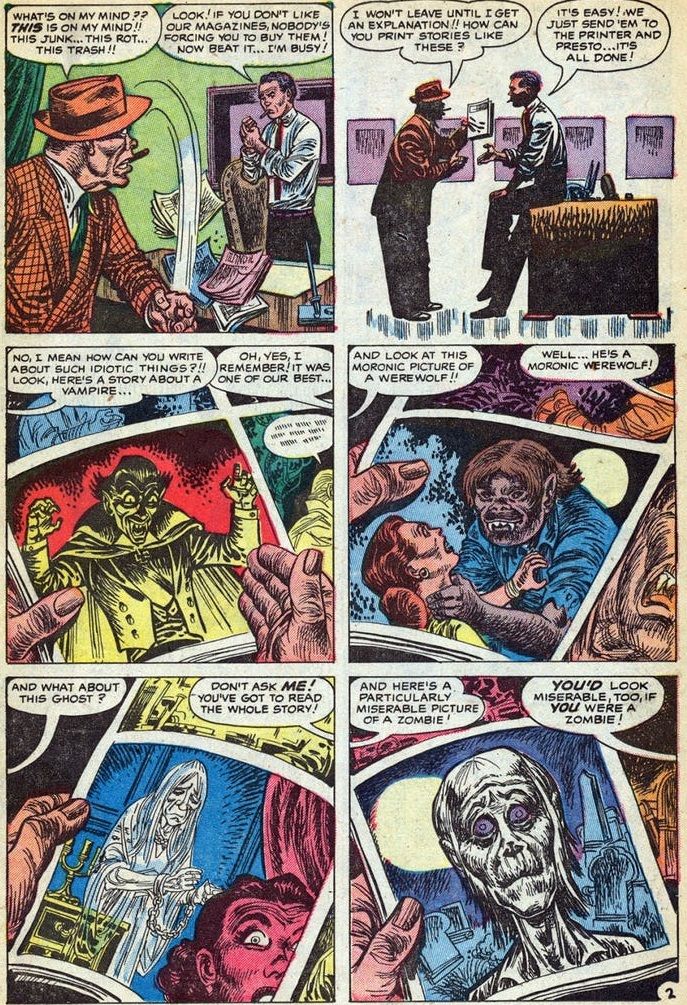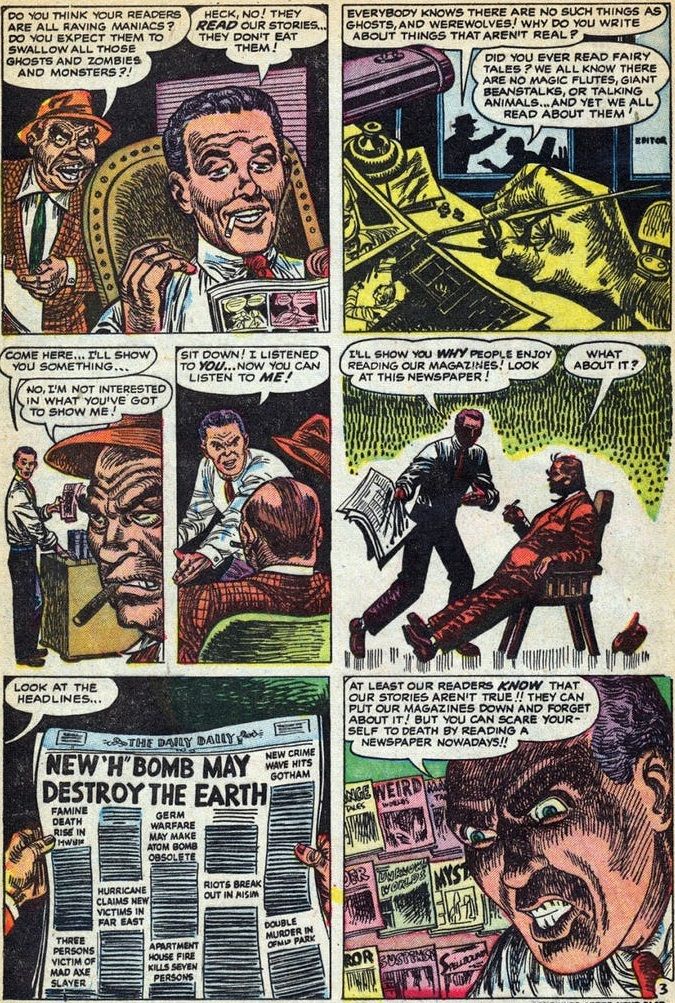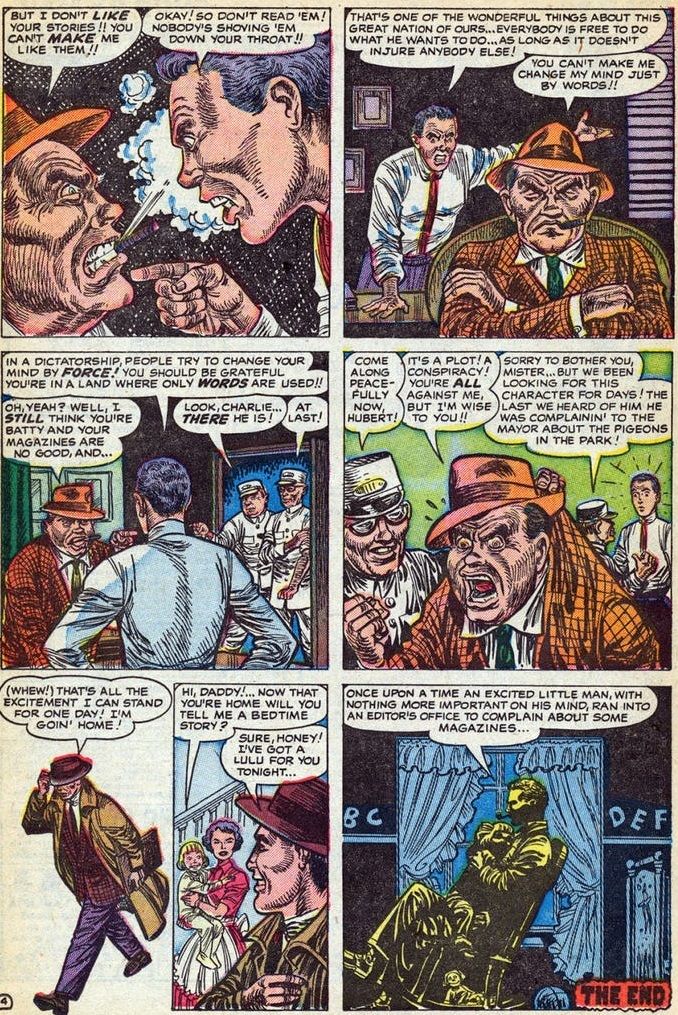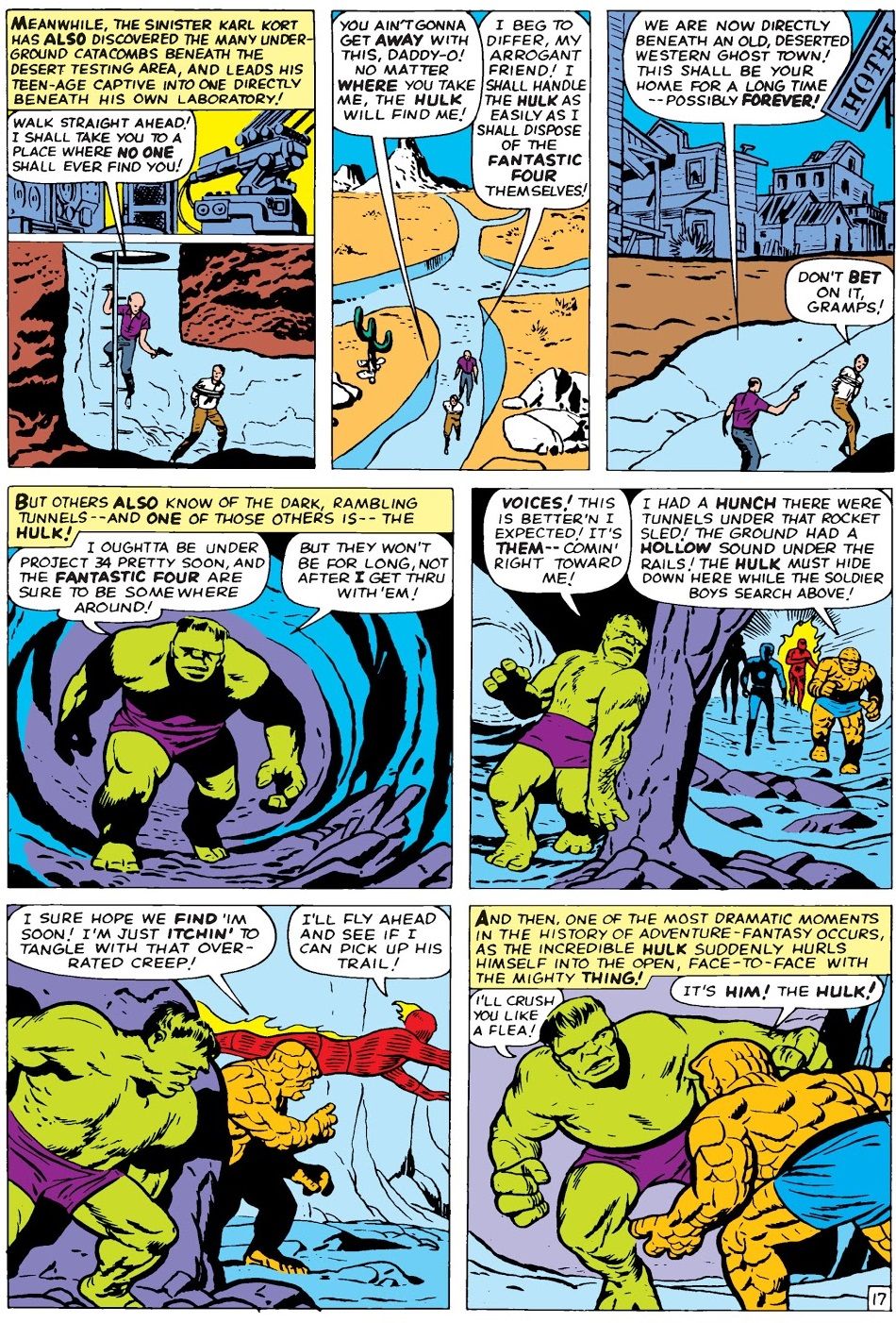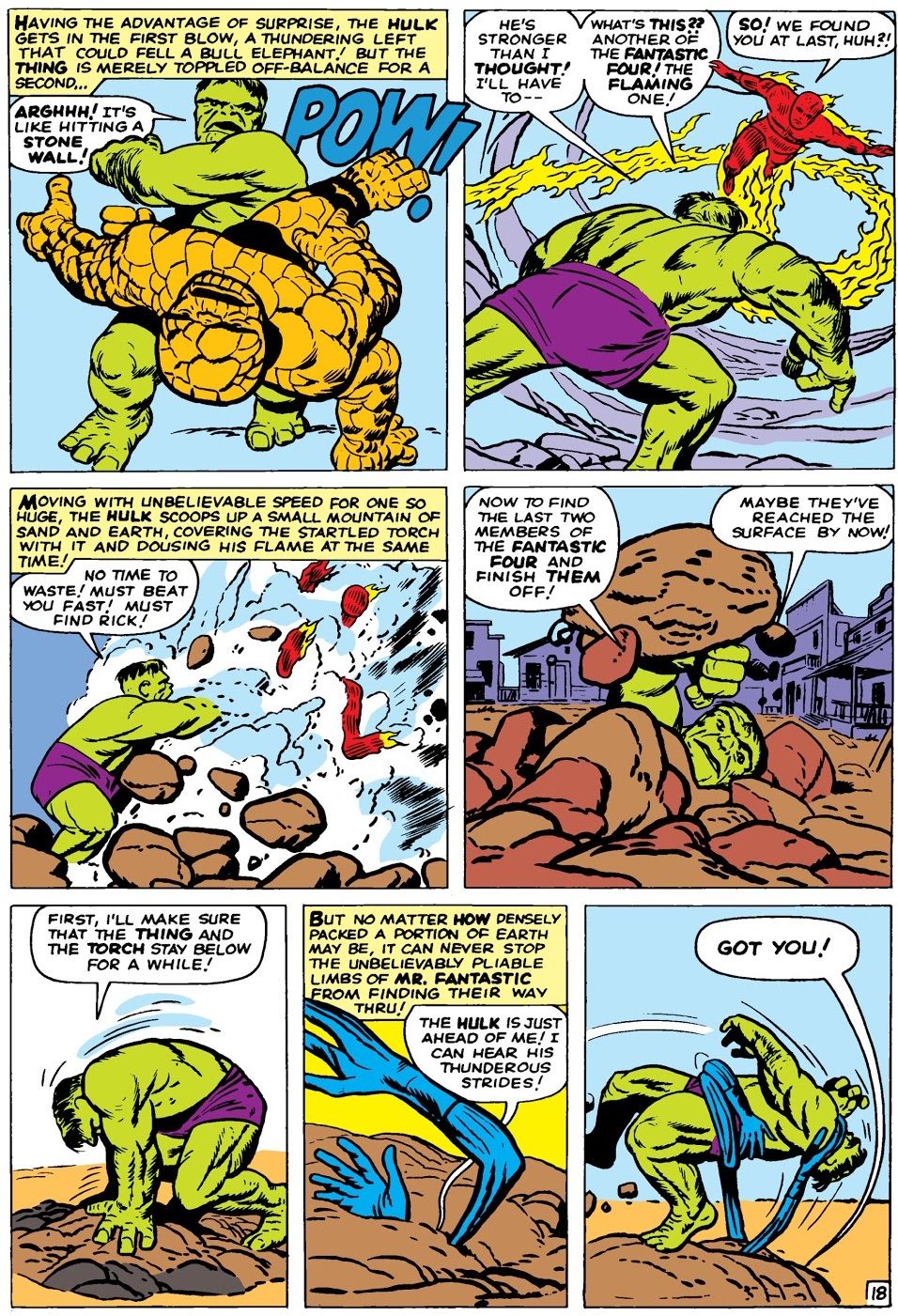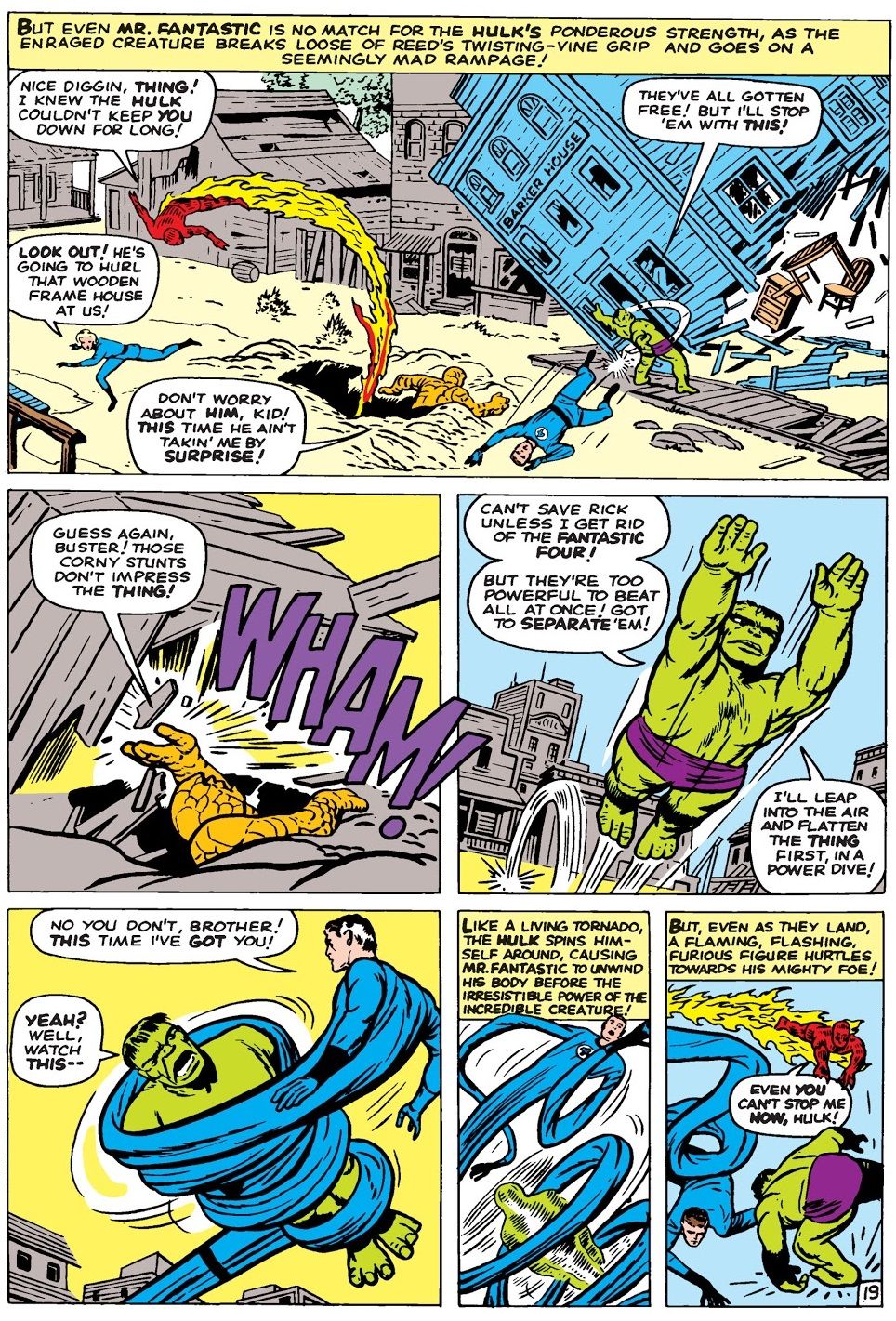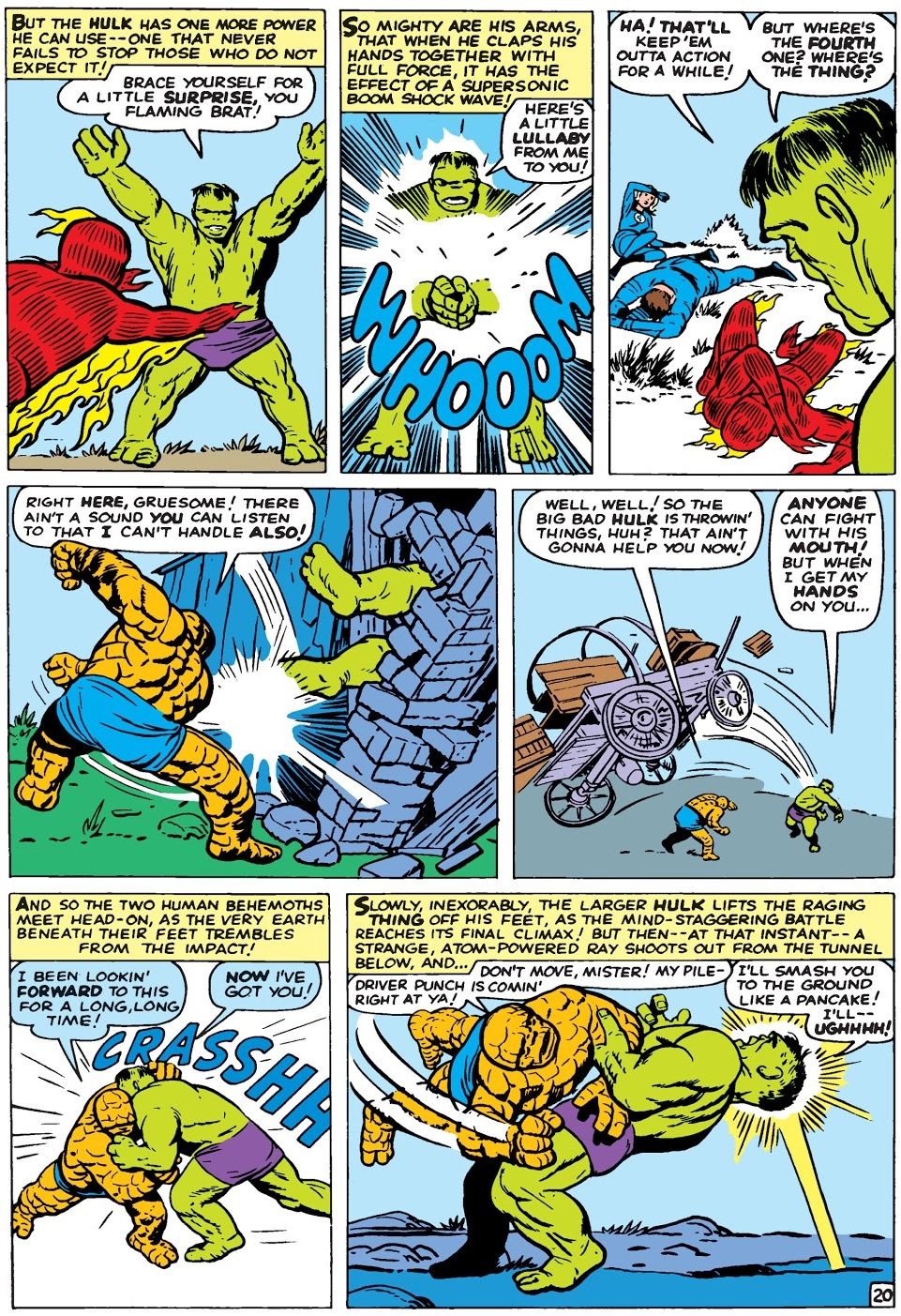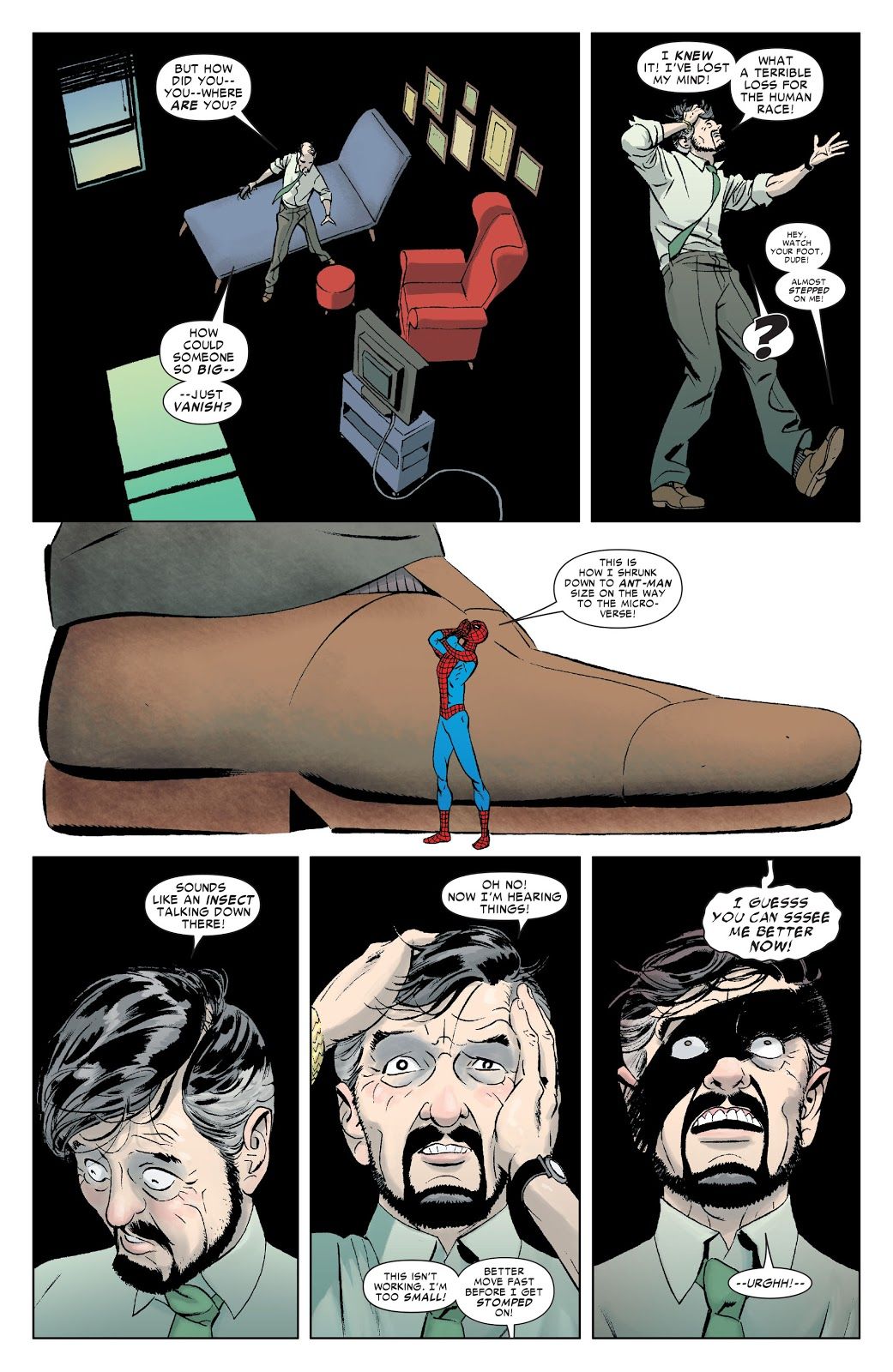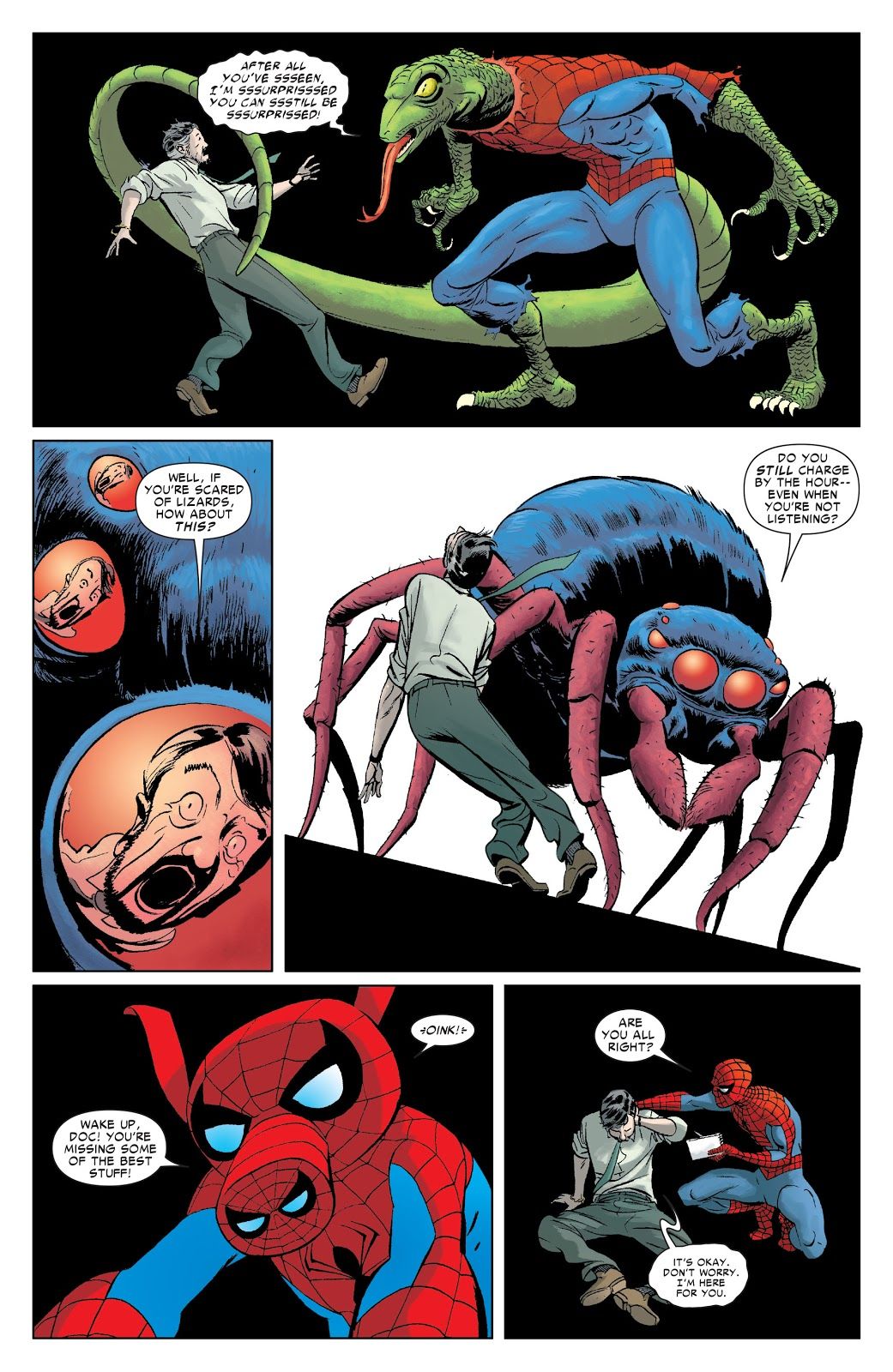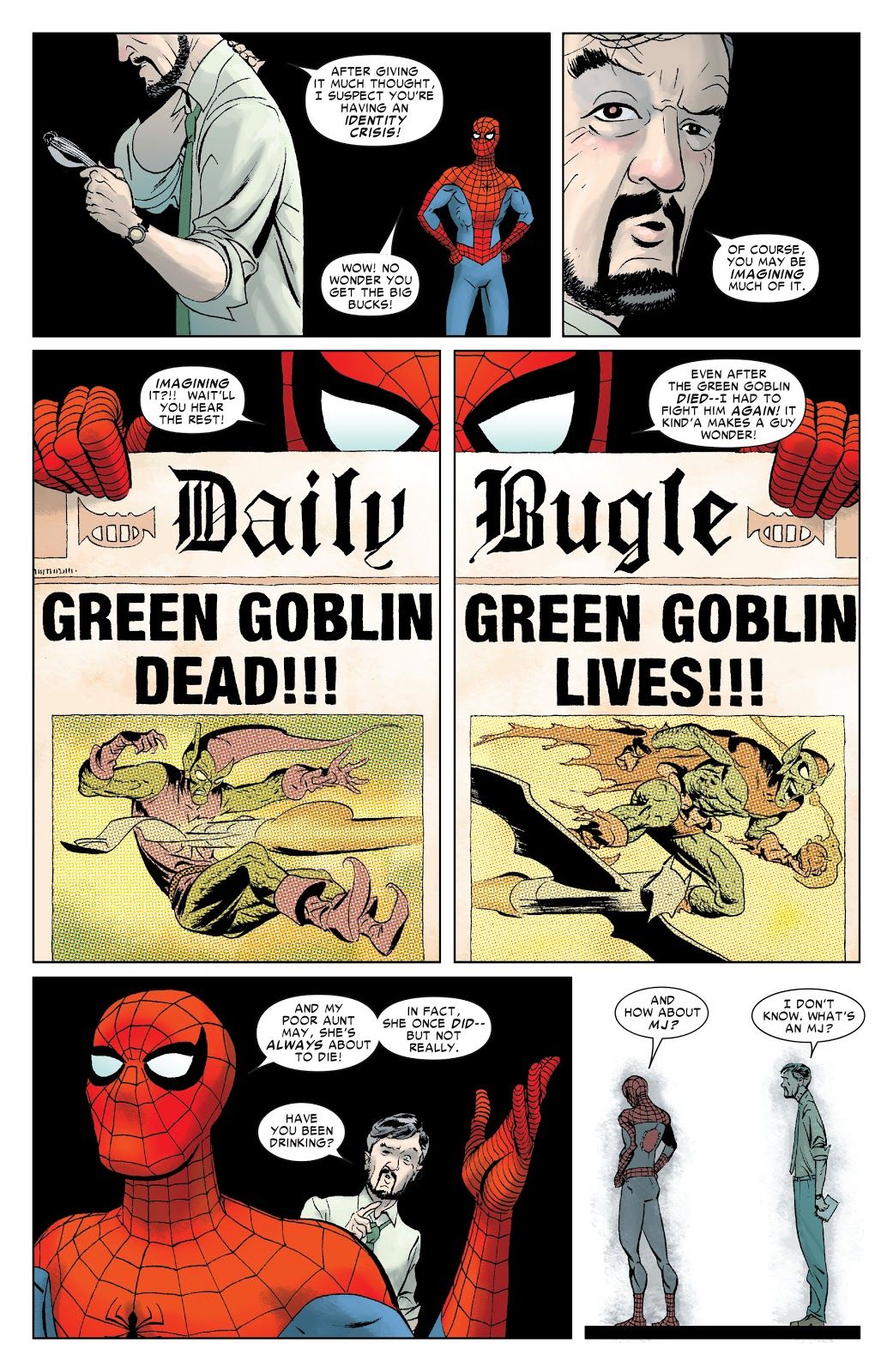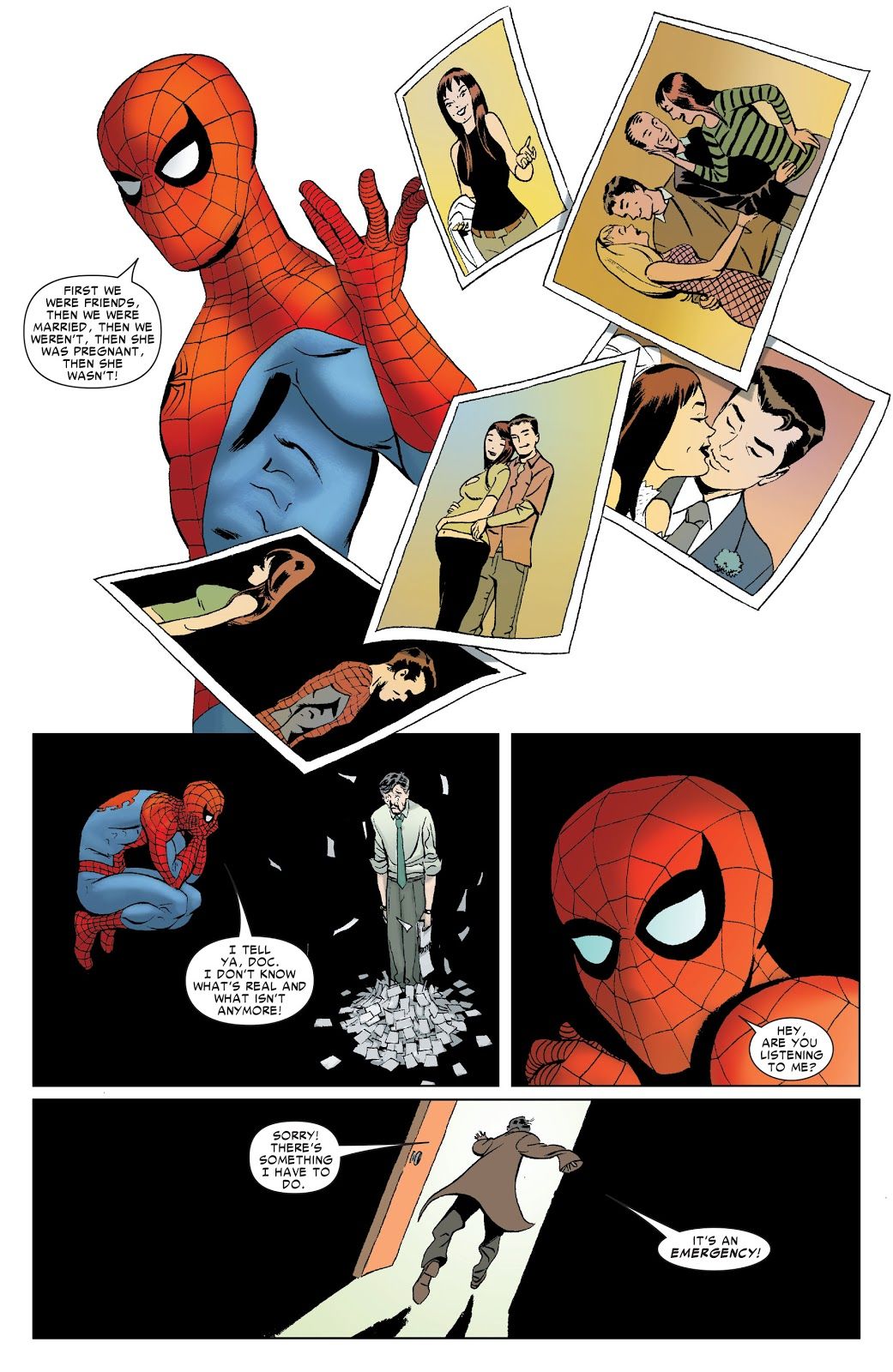Earlier this month, Stan Lee passed away at the age of 95. Lee was likely the most famous comic book creator in the history of the medium and he was the Editor-in-Chief for Marvel Comics for a remarkable three decades stint from the Golden Age through the launch of the Marvel Age of Comics. Working with iconic creators like Jack Kirby, Steve Ditko, John Romita, Joe Maneely, John Buscema, Don Heck, Wallace Wood, Dick Ayers, Gene Colan and many more, Lee either co-plotted and scripted or simply scripted some of the most famous stories in the history of comics. We asked you to vote for your picks for the top comic book stories that Lee either scripted or co-plotted and scripted. Here are the results!
100. "The Brotherhood of Evil Mutants!" X-Men #4 (1964)
It pretty clear from the start of the X-Men that the most compelling character in the series was their villain in the first issue, Magneto. Therefore, it is little surprise that Lee and Kirby so quickly not only returned to Magneto in the fourth issue of the series (Kirby is inked by Paul Reinman in this issue) but also chose to expand Magneto's part of the story by giving the master of magnetism his own team of evil mutants, aptly dubbed the Brotherhood of Evil Mutants. Two of the members of this team, the Scarlet Witch and Quicksilver, soon became so interesting that Lee removed them from the X-Men to make them heroes and members of the Avengers.
The Brotherhood of Evil Mutants were so striking that they were used in almost every issue after they were introduced until they were briefly written off a year into the series.
99. "The Menace of Modred the Evil!" Black Knight #1 (1955)
Before Jack Kirby returned to Marvel in the late 1950s (after being their star artist in the early 1940s, where he and Joe Simon co-created Captain America), Stan Lee's star artist was Joe Maneely. Tragically, Maneely lost his life to a bizarre accident on a commuter train where he fell between cars on the moving train. Maneely was the type of artist who was so good that Lee would go out of his way to create certain stories for him to best use his skills. Perhaps the most famous of these attempts was the short-lived, but beloved, Black Knight series. Maneely's art really shined on these stories of valiant bravery in the time of King Arthur and the Knights of the Round Table.
Lee gave the series a bit of a modern flair, with the conceit being that the Black Knight is secretly Sir Percy, a nobleman who Merlin enlists to act as the Black Knight and, in order to maintain the charade, has to publicly be a coward so that no one suspects that he is the heroic Black Knight.
Gorgeous, right? The series obviously stuck with Lee, as he later introduced a villainous Black Knight during the early years of the Marvel Age (before Roy Thomas brought the Knight back to the side of good with the introduction of Dane Whitman, the nephew of the evil Black Knight).
98. "The Silver Burper" Not Brand Echh #1 (1967)
One of the most charming attributes that Stan Lee and Jack Kirby had during the 1960s is how much they were willing to laugh at themselves. They did not take themselves too seriously at all. Lee is well known for this, but Kirby was also very wiling to poke fun at himself, so it is no surprise that they combined to do an amazing takedown of their own classic Fantastic Four work with "The Silver Burper" in the first issue of the Marvel satirical series, Not Brand Echh (inks by Frank Giacoia).
The sight gags alone are worth the price of admission!
Page 2: [valnet-url-page page=2 paginated=0 text='See #97-94']
97. "If Asgard Falls..." Thor Annual #2 (1967)
One of the coolest villains introduced during Jack Kirby and Stan Lee's run on Thor was the seemingly unstoppable force of nature known as The Destroyer. This suit of armor, who has no personality of itself but can be operated by an outside consciousness, is seemingly more powerful than even Thor, so it made for a great adversary to push Thor to the limit (which is why Kirby and Lee went back to the character repeatedly).
A notable Destroyer story took place in the second Thor Annual (with inks by Vince Colletta), where there is a tournament in Asgard with the greatest warriors taking each other on in battle for the bragging rights of being the best of the best and, of course, a golden suit of armor. The thing is that Loki, being the jerk that he is, found a way to send his own consciousness into the Destroyer armor and then he sets off to destroy Odin and take control of Asgard for himself.
The Destroyer makes short work of both Heimdall and Volstagg, but then a whole arena of Asgardian warriors take on the seemingly unbeatable suit of armor...
In the end, Odin pulled out one of his traditional Deus Ex Machina endings, but he was so impressed by the warriors of Asgard that he made it so that, once a year, ALL of their armors would turn golden in honor of their great bravery in battle against the Destroyer.
96. "Four Against the Minotaur!" Avengers #17 (1965)
Stan Lee changed the face of the Avengers dramatically when he replaced all but Captain America in the lineup, with the classic original members being followed by a strange assortment of three much-less powerful former villains (you don't get much bolder than saying, "Hey, how about we make it so that 75% of our main superhero team is made up of supervillains?"). Led by Captain America, this group, retroactively known as "Cap's Kooky Quartet," tried to prove itself with a bold declaration that they would take down the Hulk in Avengers #17 (by Stan Lee, Don Heck and Dick Ayers)!
They answered a call that said that someone spotted the Hulk, but in reality, it was a trap by Mole Man to capture the Avengers and study them so that he could gain superpowers. He had them face off against one of his monsters, the powerful Minotaur! Quicksilver is quickly captured and the other three heroes seem to be pinned down, but Captain America shows them the true power of teamwork...
Yes, they failed to capture the Hulk (who, amusingly enough, actually WAS at the same underground base that they were at, but they didn't come across him), but they did something much more important - they showed that they could rely on each other to accomplish great things that would be too much for any one of them.
95. "Escape--To Terror!" Silver Surfer #1 (1982)
John Byrne took over writing and art duties on the Fantastic Four in 1980 and soon into his run, he and Stan Lee collaborated on a Silver Surfer one-shot issue with inks by Tom Palmer) which saw the Silver Surfer finally break free from the barrier that had kept him stuck on Earth for all of these years. However, when he zoomed off to his home on Zenn-La, he was shocked to see that his home planet had been destroyed! He came across his people and see that they all hated him now. He had given up his freedom to spare their planet and now he was seen as public enemy number one! As it turned out, when he split with Galactus in the defense of Earth, Galactus returned to Zenn-La to take revenge on them for Surfer's betrayal...
While still reeling from this news, Surfer was even further shocked when he learned that his beloved Shalla-Bal was not on the planet! The rest of the issue is Surfer doing everything he can (even including re-capturing himself within the barrier around Earth) to save his love and return her to her people.
94. "The Tragedy of Hogun" Thor #137-145 (1966-67)
Initially, when Thor took over the lead feature in Journey Into Mystery, the back-ups continued to be traditional science fiction stories. However, eventually Marvel decided to have the main back-ups also be tied to the main feature (and other anthology books just went to a split story set-up, like Tales of Suspense having Captain America and Iron Man stories in every issue). In Journey Into Mystery, that meant "Tales of Asgard," stories that tied into the history of the mythological home of Thor and his people. Jack Kirby was a big fan of the Norse myths, so he was all over these stories.
Over time, they stopped being so much as background information for the main characters and just adventure stories of their own. The very last one was an epic adventure where Thor and the Warriors Three team-up to avenge Hogun's home after his village is wiped out by a powerful villain.
How do you beat a guy who has his own personal genie? That's what Thor and the Warriors Three have to figure out over the course of the next eight issues in the story arc.
Page 3: [valnet-url-page page=3 paginated=0 text='See #93-91']
93. "The Raving Maniac" Suspense #29 (1953)
During the late 1940s, a psychiatrist named Fredric Wertham began to get a lot of public attention for his theories about how comic books led to juvenile delinquencies in young people and also helped to foster other "deviant" behaviors. It was all nonsense, of course, but people really bought it hook, line and sinker. Stan Lee and Marvel Comics denounced these stories with a series of editorials that ran in all of Marvel's titles, but Wertham's influence just grew bigger and bigger, until the publicity surrounding the release of his 1954 book on the topic, Seduction of the Innocent, led to Congressional hearings on comic books that inspired the creation of the Comics Code Authority.
Stan Lee continued to knock Wertham's views, including this classic story by Lee and Joe Maneely where Lee goes all out on how dangerous Wertham's views were...
It didn't really slow Wertham down, and amusingly enough, Lee ended up not even really caring much about the Comics Code Authority either way, as Marvel's stories always avoided the sort of stuff that the Code was specifically meant to get rid of, so it didn't really change much for Marvel. Still, it sure was nice to see Lee stand up to Wertham like this.
92. "The Incredible Hulk!" Fantastic Four #12 (1962)
Marvel Comics is perhaps best known for its shared universe. The Marvel Universe has directly led to the creation of the ultra-popular Marvel Cinematic Universe, and the first comic book that actually saw two Marvel superheroes interact with each other was a tie between the second story in Amazing Spider-Man #1 and the story in Fantastic Four #12, which both came out on the same day in late 1962.
The Fantastic Four story went more into the life of its guest star, with the Fantastic Four brought in by Thunderbolt Ross to stop the saboteur known as The Wrecker, as well as deal with the Hulk.
Well, at least they did end up stopping the Wrecker (next time, the Wrecker will think twice about including his Communist membership card in his wallet. Yes, that is, in fact, how they capture the Wrecker).
91. "Identity Crisis" Amazing Spider-Man #600 (2009)
This is by far the most recent Stan Lee story on the list. It was a back-up story following a classic Spider-Man and the rest of New York's superheroes trying to keep Doctor Octopus from controlling all of New York on the day that Aunt May was to marry J. Jonah Jameson's father, Jay. After that story was over, we see the webcrawler go visit a therapist (who is designed by artist Marcos Martin to look just like Stan Lee himself). The therapist tries to help Spider-Man deal with the issues in his life, including a good deal of metafictional humor about how supervillains never seem to stay dead and how Spider-Man's marriage to his wife, Mary Jane Watson, has been wiped out by continuity changes...
In the end, the therapist cannot handle the craziness of Spider-Man's life and the issue ends with the therapist seeing his own therapists and trying to deal with his issues.

